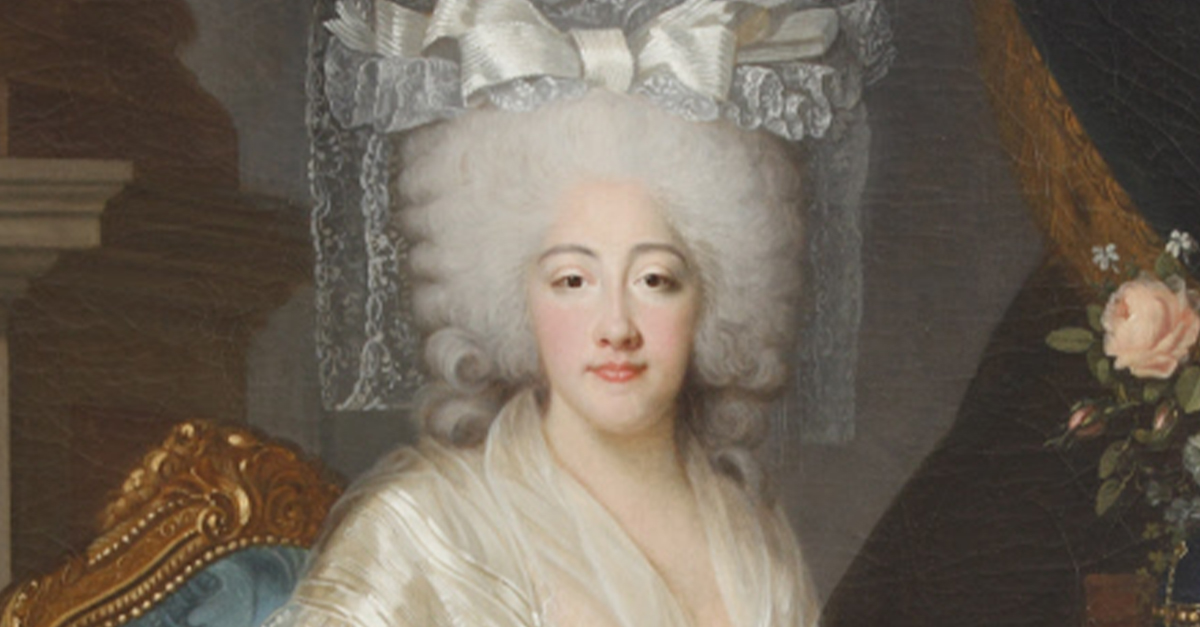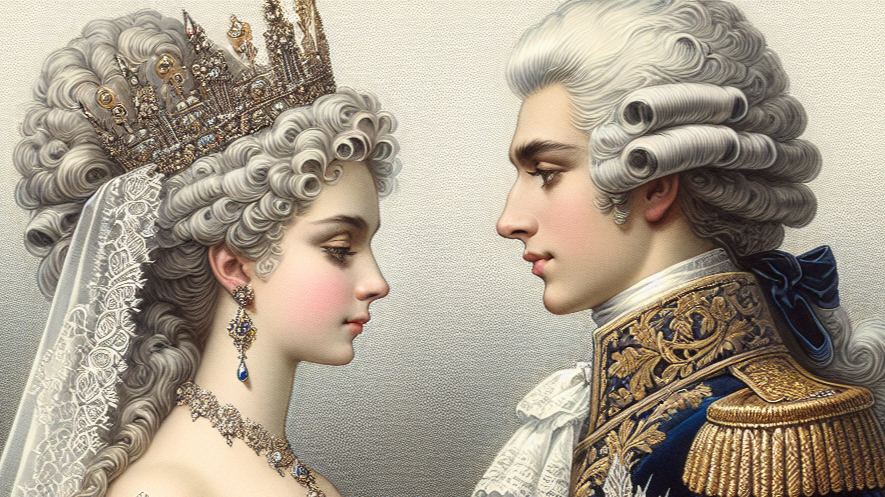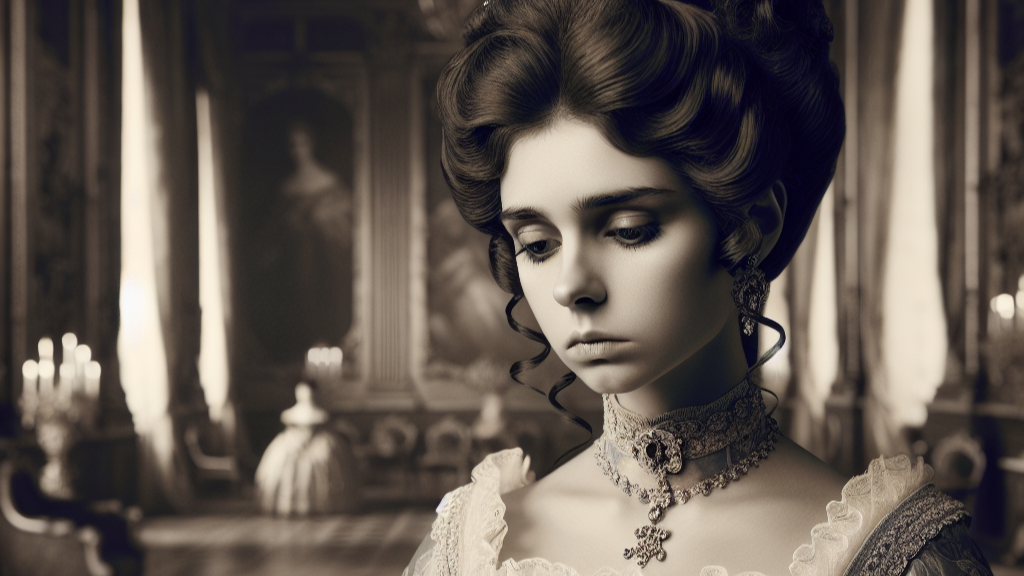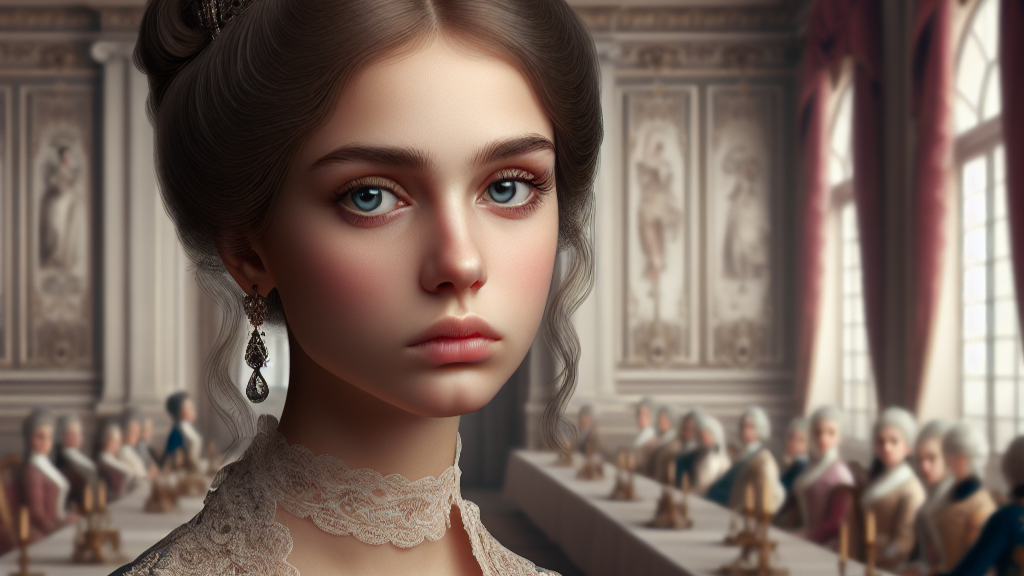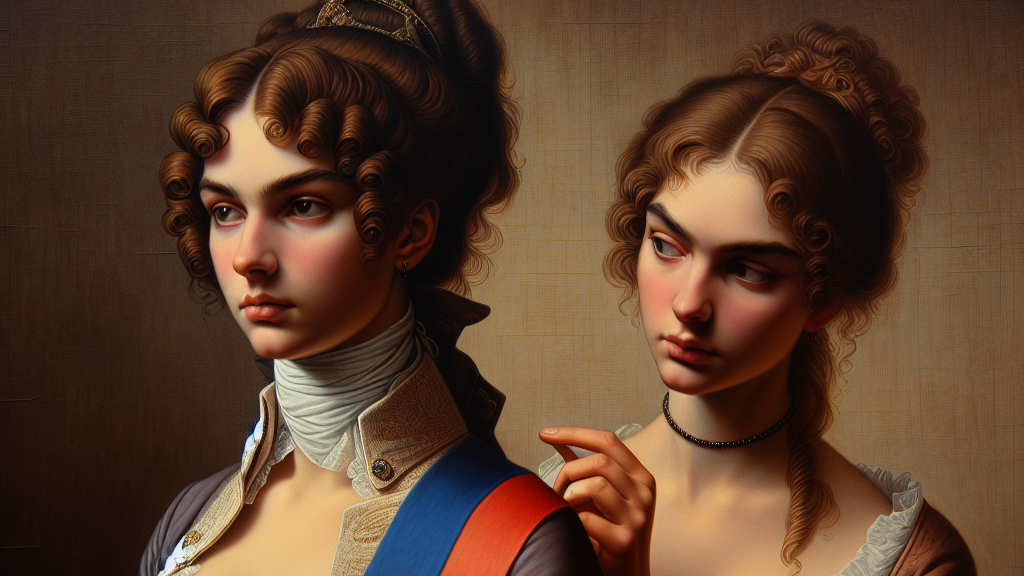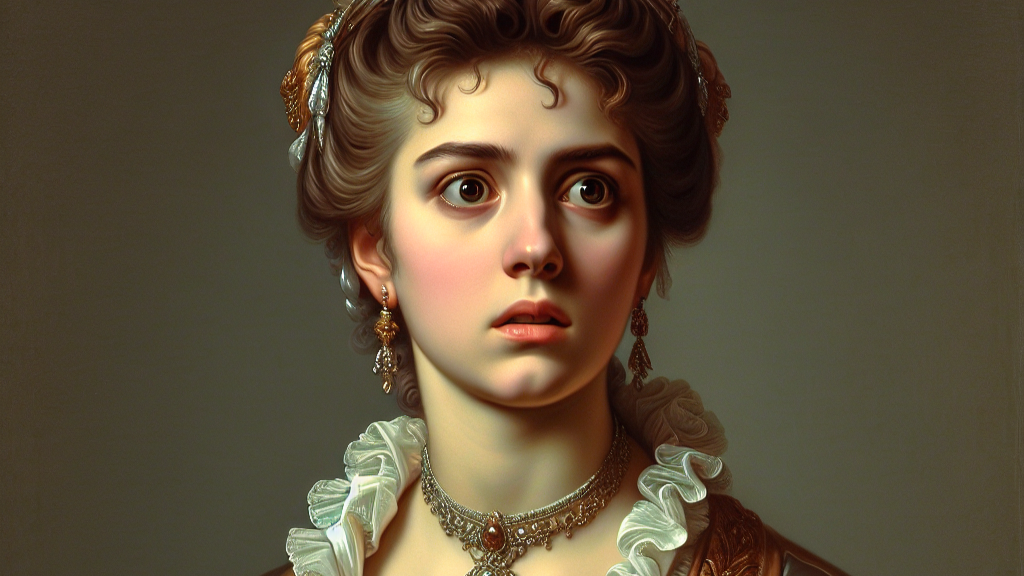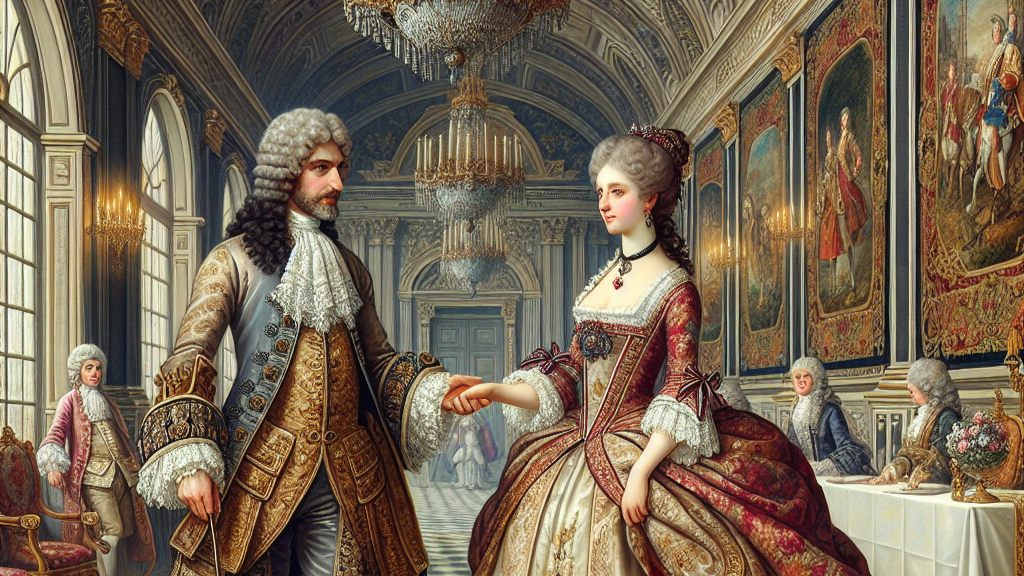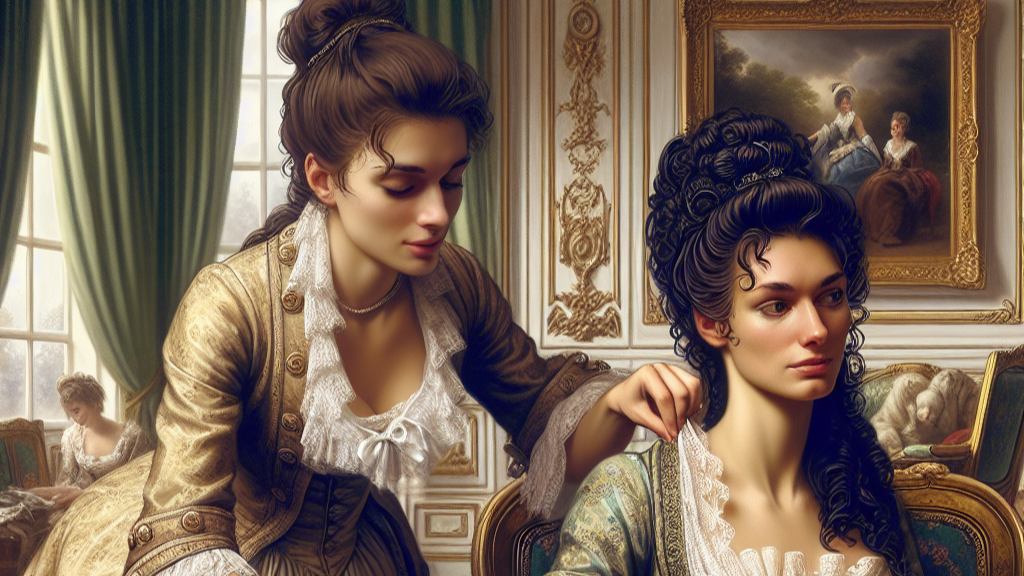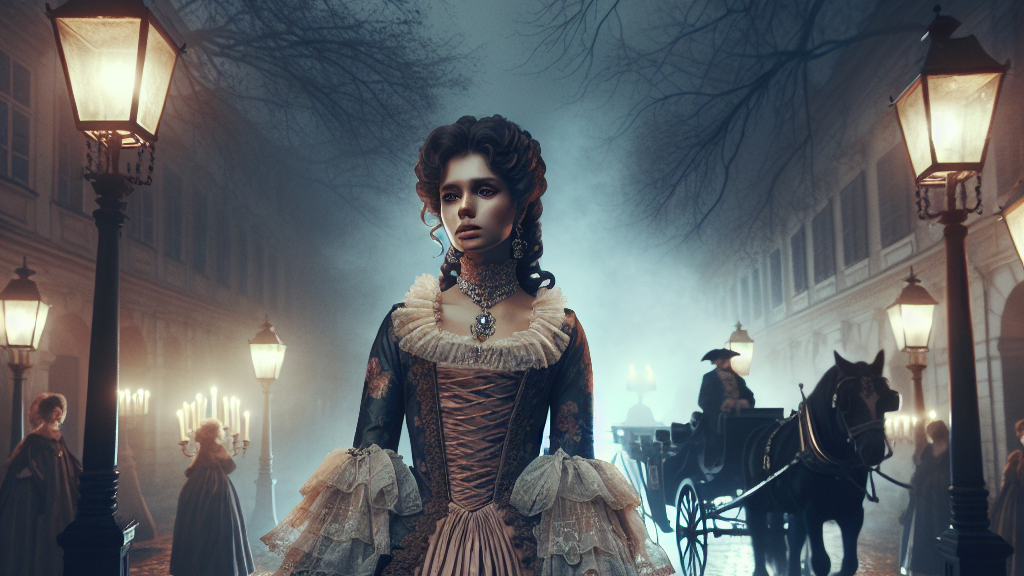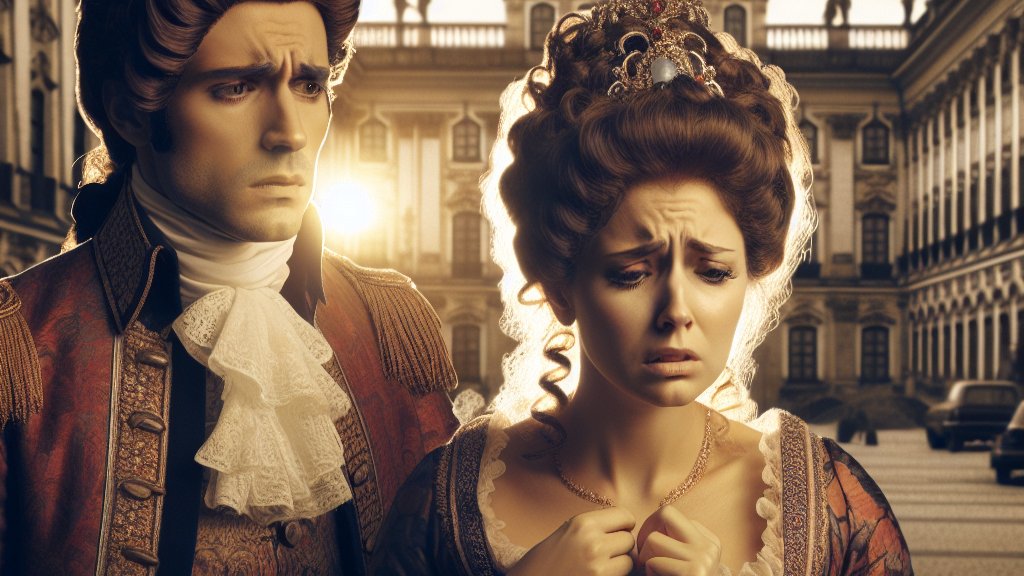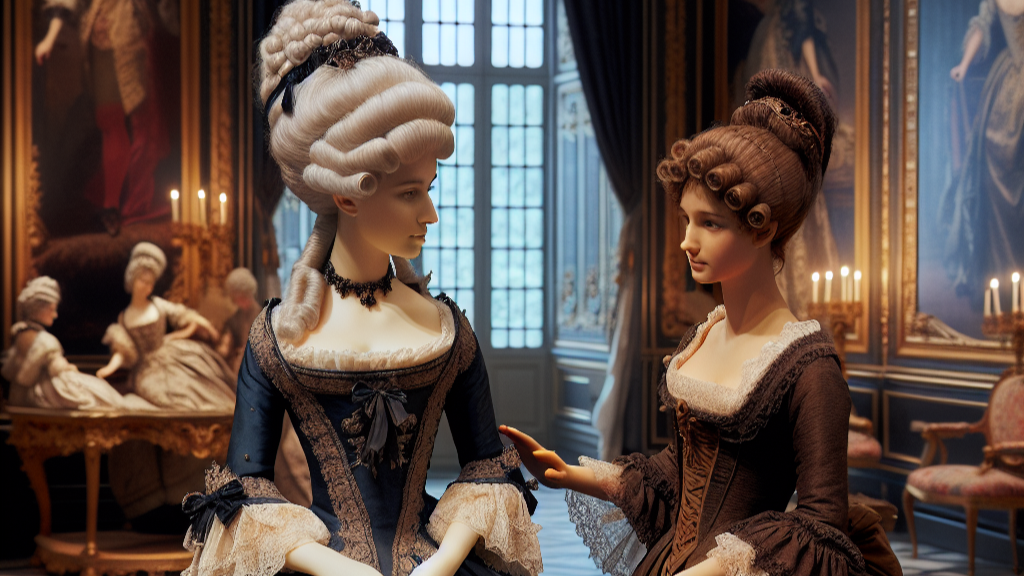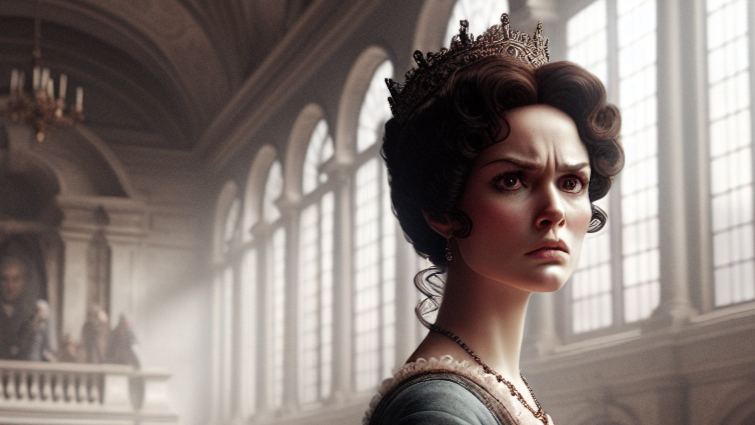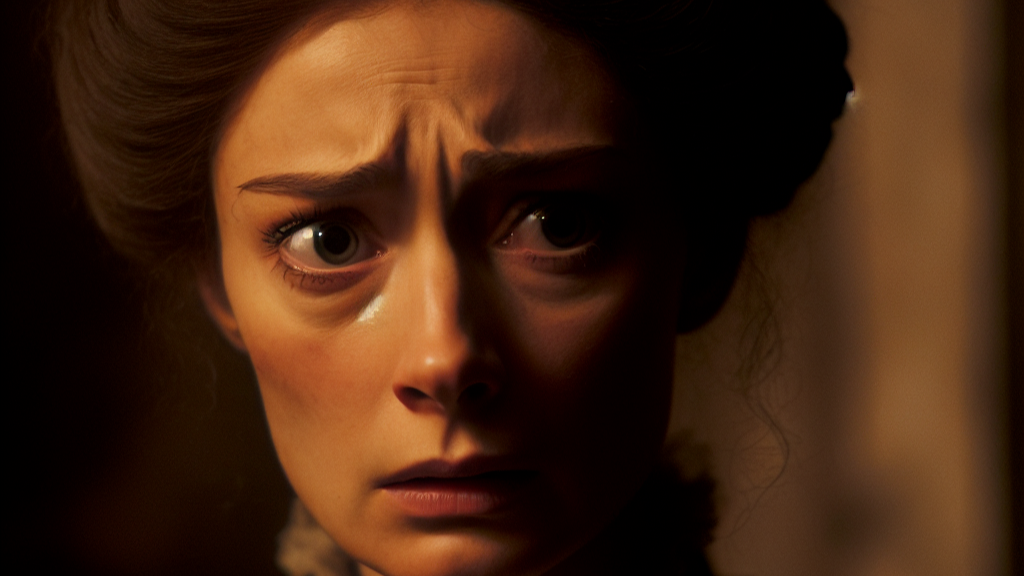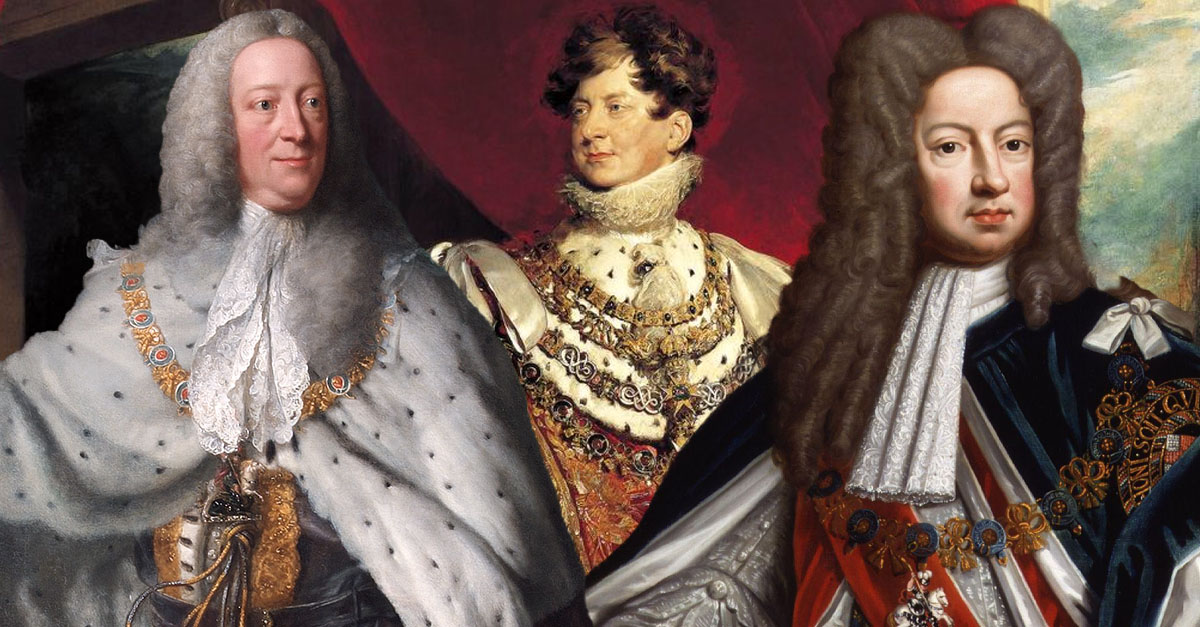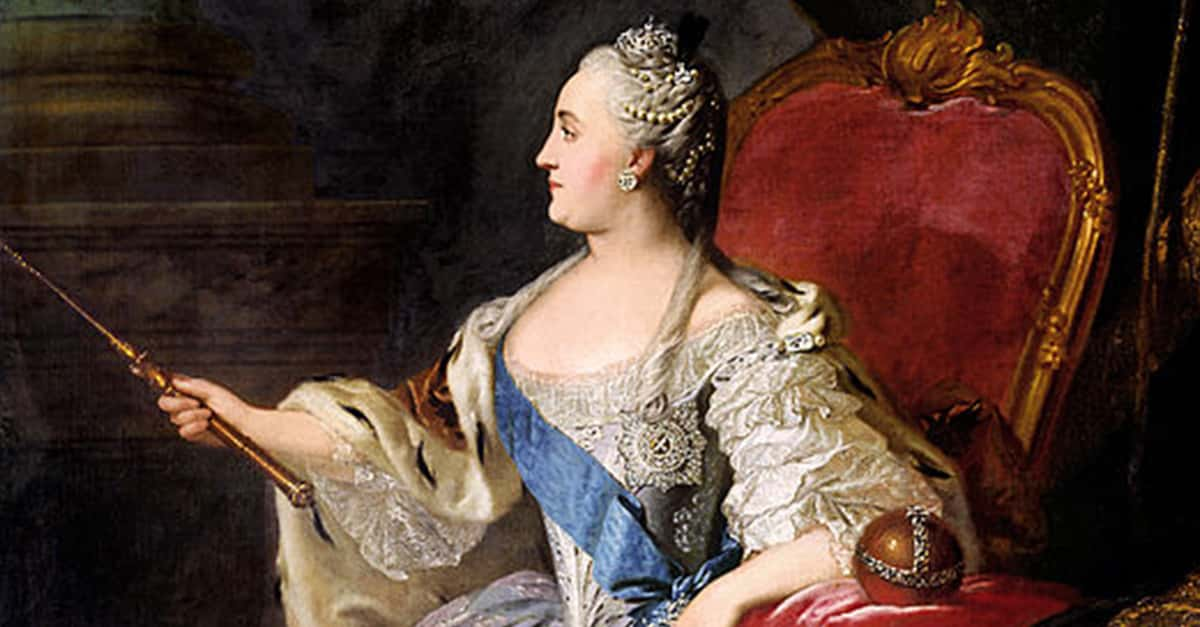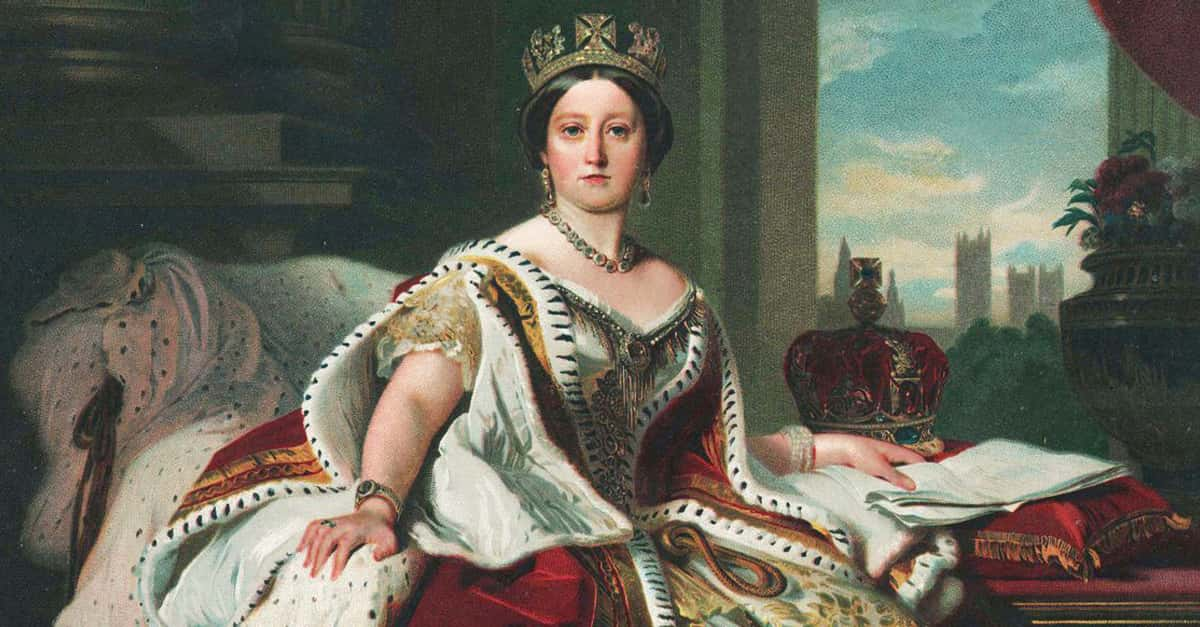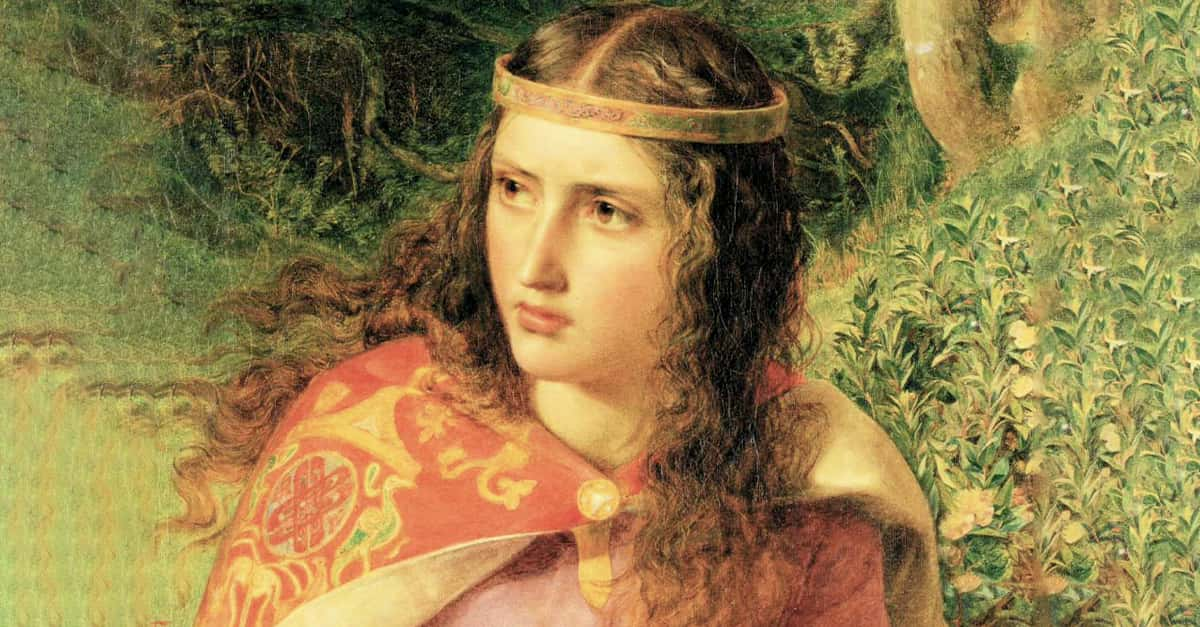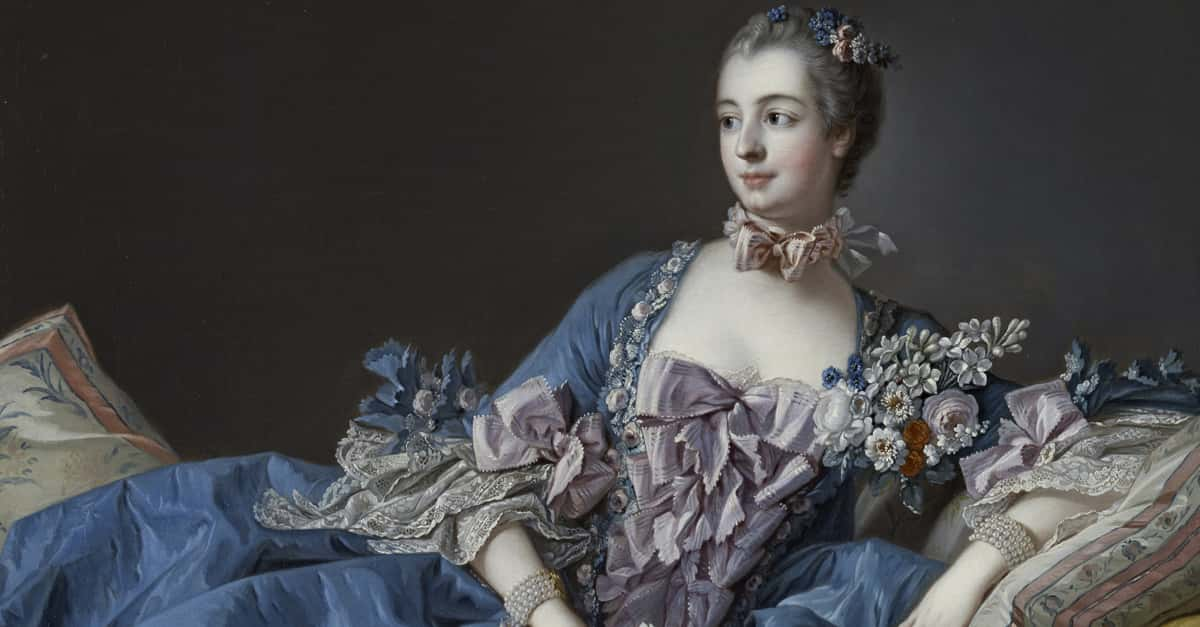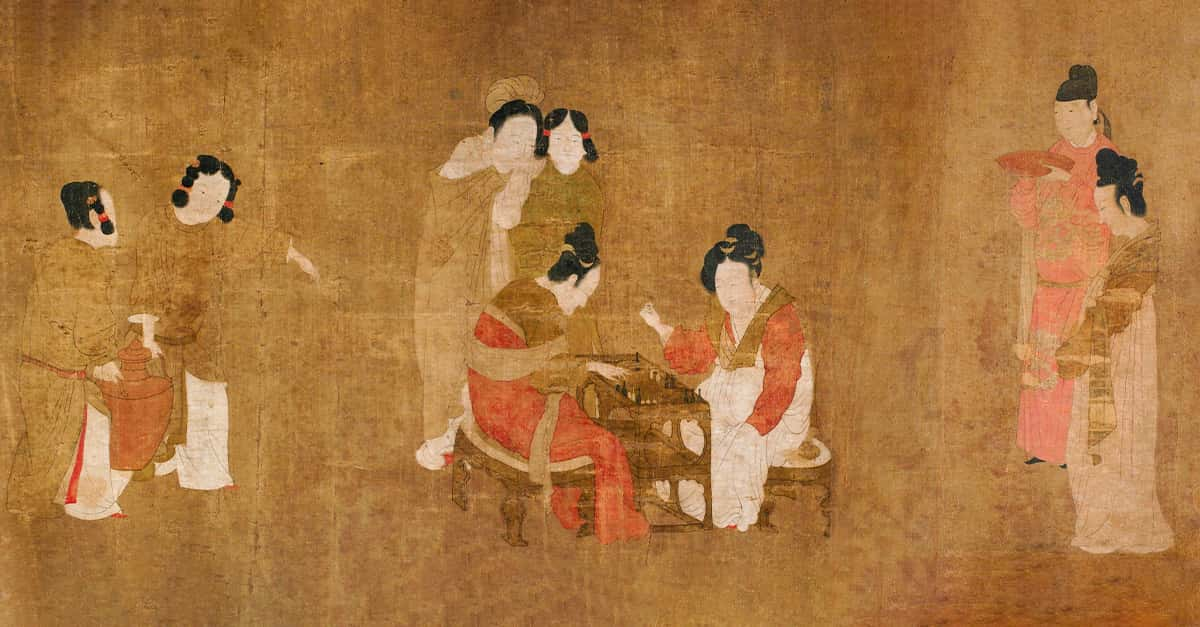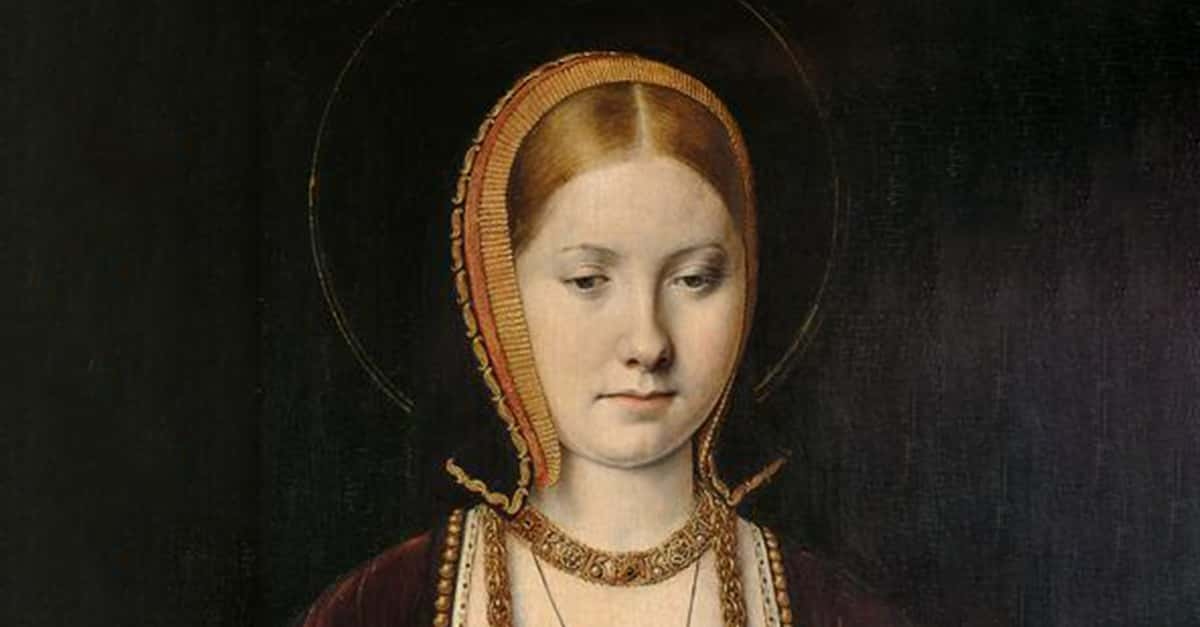A Queen In Title Alone
Marie Joséphine of Savoy was born into a world where royalty reigned supreme. However, during her life, France fell into a bloody revolution. As her in-laws began to drop—one by one, due to the rising tides of revolution—Marie Joséphine remained.
It takes a strong woman to survive in a world that no longer wishes for you to exist. Here’s to Marie Joséphine, the unofficial queen of France.
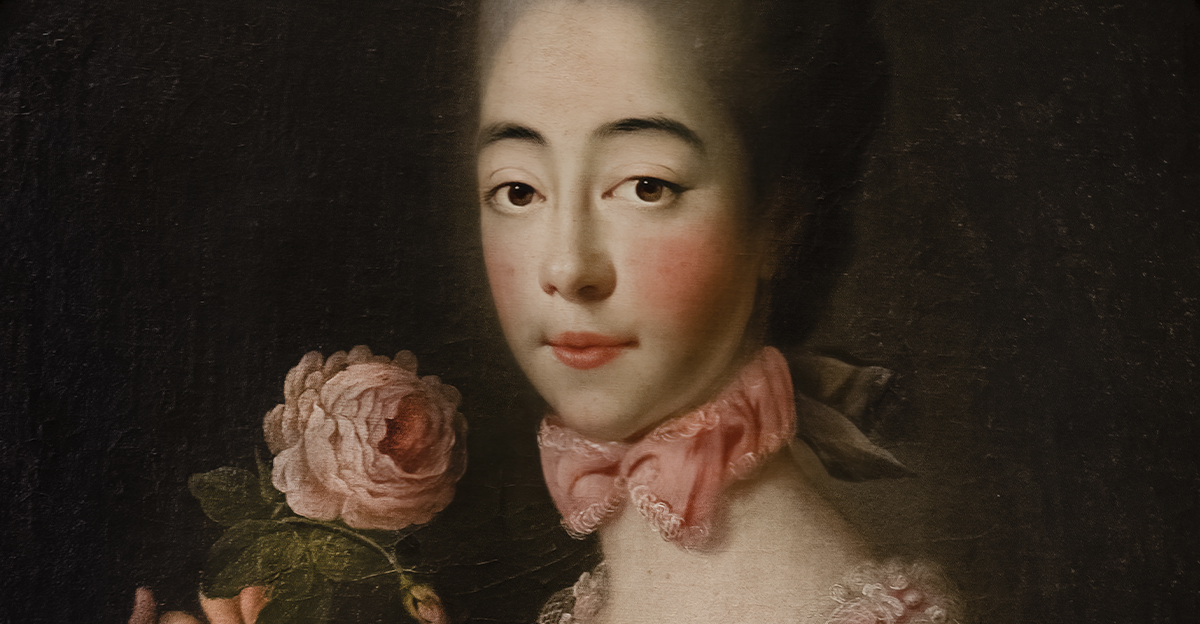
1. She Was Of Royal Blood
Royalty was in Marie Joséphine’s blood from the moment that she was born on September 2, 1753, at the Royal Palace of Turin. As the third child and second daughter of Prince Victor Amadeus of Savoy and Infanta Maria Antonia Ferdinanda of Spain, her destiny could only be greatness.
Unfortunately, as a daughter, her fate begged the most important question: Who would Marie Joséphine marry?
 Giuseppe Dupra, Wikimedia Commons
Giuseppe Dupra, Wikimedia Commons
2. She Needed A Good Husband
Enter: Louis Stanislas Xavier, who arrived in the world two years after Marie Joséphine. He was the grandson of King Louis XV of France. At birth, Louis Stanislas was fourth in line for the throne. But though he grew up in luxury, he was too far removed from true power to hold any significance on the global stage.
However, this was all about to change.
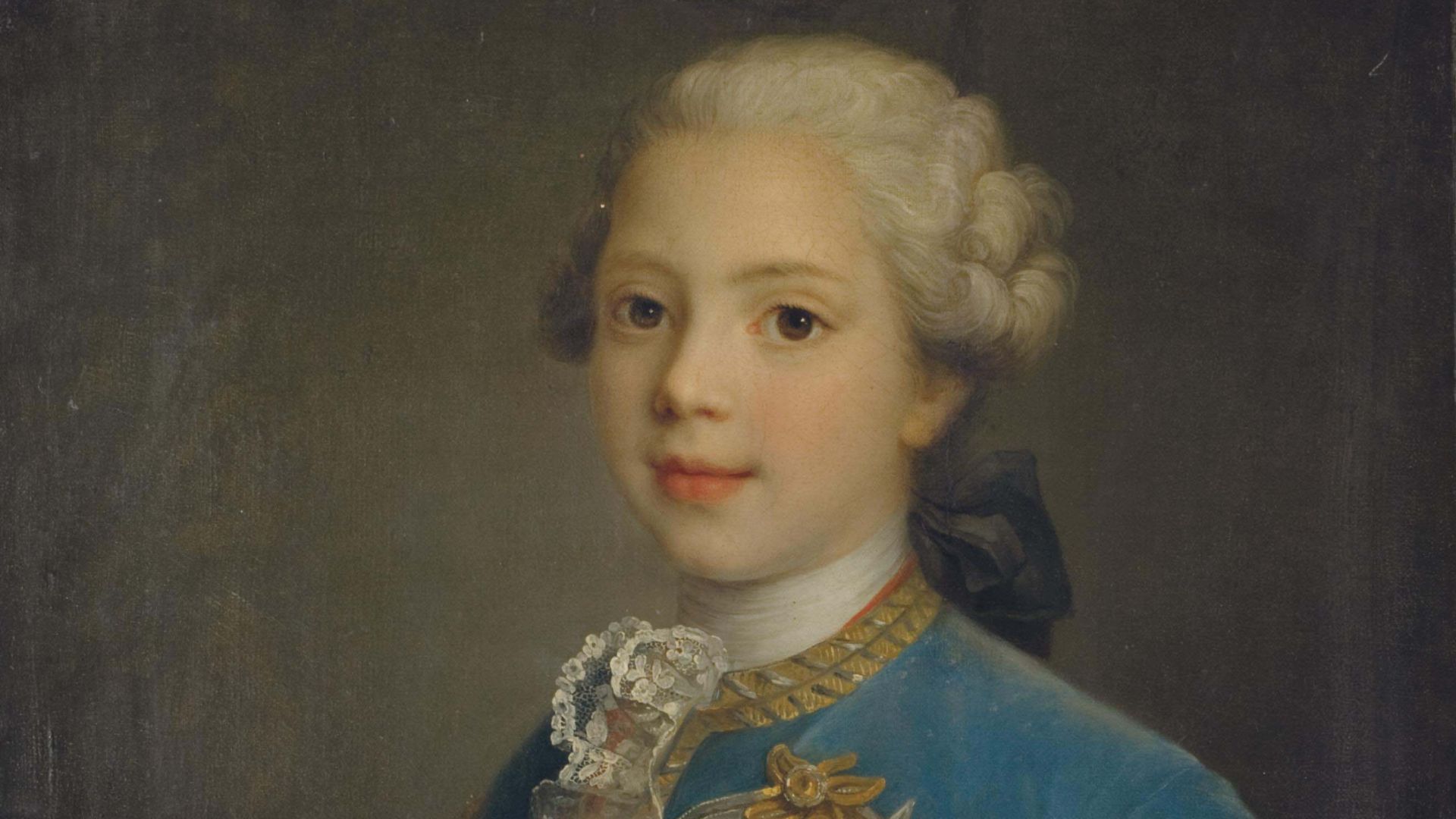 Circle of Louis Tocque, Wikimedia Commons
Circle of Louis Tocque, Wikimedia Commons
3. She Almost Had Better
The passing of both Louis Stanislas’s elder brother and father in the early 1760s elevated him from fourth in line to second. The French royal family was exactly the sort of connection that the line of Savoy wanted to make and Marie Joséphine had the perfect position to secure that connection for them.
Initially, the family had their eyes on the elder brother, Louis Auguste. Unfortunately, someone was standing in their way.
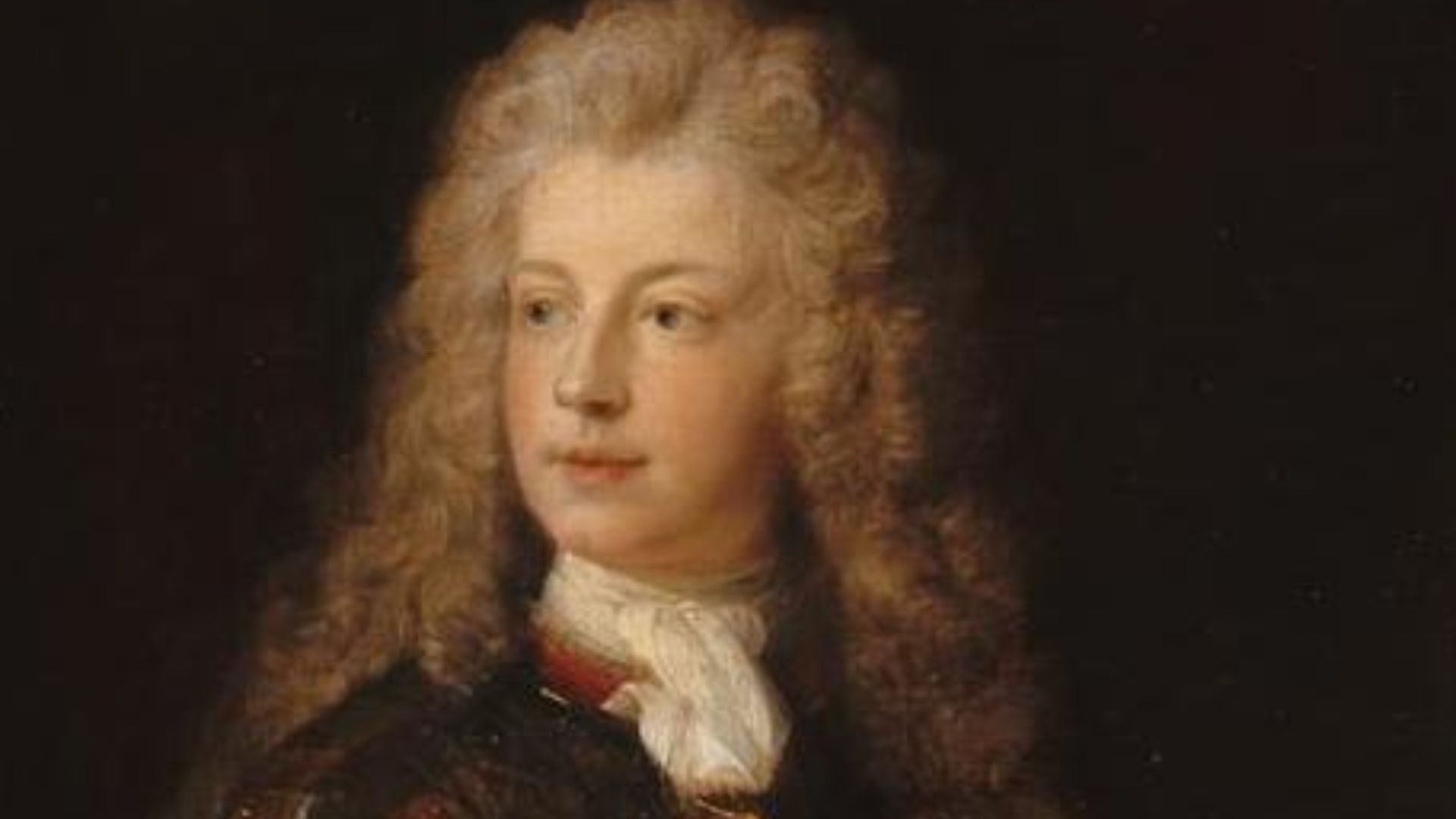 Attributed to Francois de Troy, Wikimedia Commons
Attributed to Francois de Troy, Wikimedia Commons

History's most fascinating stories and darkest secrets, delivered to your inbox daily.
4. She Was A Backup
The Austrian archduchess Marie Antoinette scored the coveted prize of Louis Auguste, the future King of France. However, if you were a member of the royal family during this period then you had one task: get married and produce an heir. King Louis XV had secured his line by having enough children and grandchildren that even despite many premature passings, he had an heir secured.
Unfortunately, his eldest grandson did not understand the name of the game.
 Workshop of Louis-Michel van Loo, Wikimedia Commons
Workshop of Louis-Michel van Loo, Wikimedia Commons
5. She Benefited From Others
Despite marrying Marie Antoinette in 1770, Louis Auguste and Marie Antoinette took their sweet time consummating their marriage. Due to this, King Louis XV demanded that his next eldest grandson make an advantageous marriage as well to ensure that at least one of his grandsons produced an heir who could take the throne and carry on the line.
Thankfully, the perfect bride already waited.
 Unknown, possibly Jean-Baptiste André Gautier-Dagoty, Wikimedia Commons
Unknown, possibly Jean-Baptiste André Gautier-Dagoty, Wikimedia Commons
6. Her Husband Missed The Wedding
Marie Joséphine and Louis Stanislas married on April 16, 1771 in the Kingdom of Sardinia. At least Marie Joséphine was present in Sardinia at the time of their marriage. A common tradition of the time, the pair married by proxy with the wedding and bedding ceremonies both taking place in the royal court in Turin without Louis Stanislas present.
Already married, Marie Joséphine still had no idea who her husband was.
 Unidentified painter, Wikimedia Commons
Unidentified painter, Wikimedia Commons
7. She Left Everything Behind
Marie Joséphine was 17 at the time of her marriage; her now husband was 15. Following the ceremonies in Turin, Marie Joséphine crossed the Bridge of Beauvoisin which marked the divide between Savoy and France. Once in France, she left her Italian court behind and she replaced them with a French entourage. Fortunately, there was one familiar face among the French crowd.
8. She Couldn’t Go Home
Once Marie Joséphine crossed into France, she never looked back. Her Italian ladies-in-waiting were left behind and replaced by a group of French aristocrats. This included her cousin, Princesse de Lamballe who’d married into the French courts some years earlier. She did not meet her husband until she arrived on French soil.
This time, the second marriage ceremony included both parties and took place at the Palace of Versailles on May 14, 1771, followed by a ball a few days later. It was just another step in a larger plan.
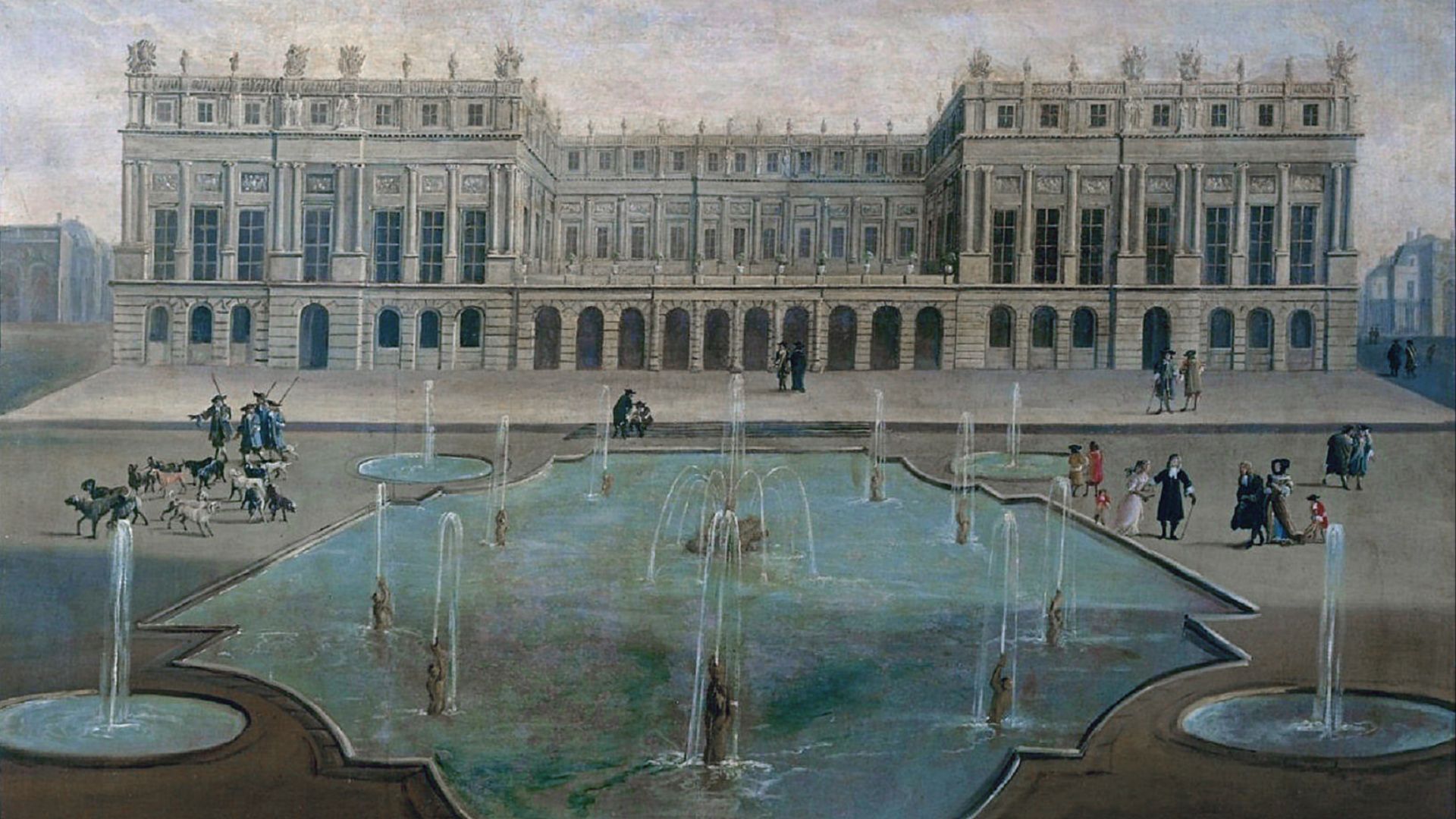 Anonymous, French school, Wikimedia Commons
Anonymous, French school, Wikimedia Commons
9. Her Marriage Was Political
The union of Marie Joséphine and Louis Stanislas became just one element in a broader political movement between the French and Sardinian royal families. Not only did Marie Joséphine and Princesse de Lamballe marry into the family, but in the years that followed, Marie Joséphine’s sister, Maria Theresa, and brother, Prince Charles Emmanuel, married Louis Stanislas’s brother and sister, respectively.
However, the Sardinians failed to secure the coveted marriage and it caused problems.
 Antoine-Francois Callet, Wikimedia Commons
Antoine-Francois Callet, Wikimedia Commons

History's most fascinating stories and darkest secrets, delivered to your inbox daily.
10. She Didn’t Get The Best Marriage
Despite being connected with the French monarchy several times over, the Sardinians failed to lock down the most coveted marriage: that to Louis Auguste, heir apparent. That had gone to the Austrian archduchess, Maria Antonia, now Marie Antoinette. It is unlikely the Sardinians surrounded the now Austrian dauphine by accident.
Sardinia and Austria were political rivals, each striving to control France. Tensions between the families grew.
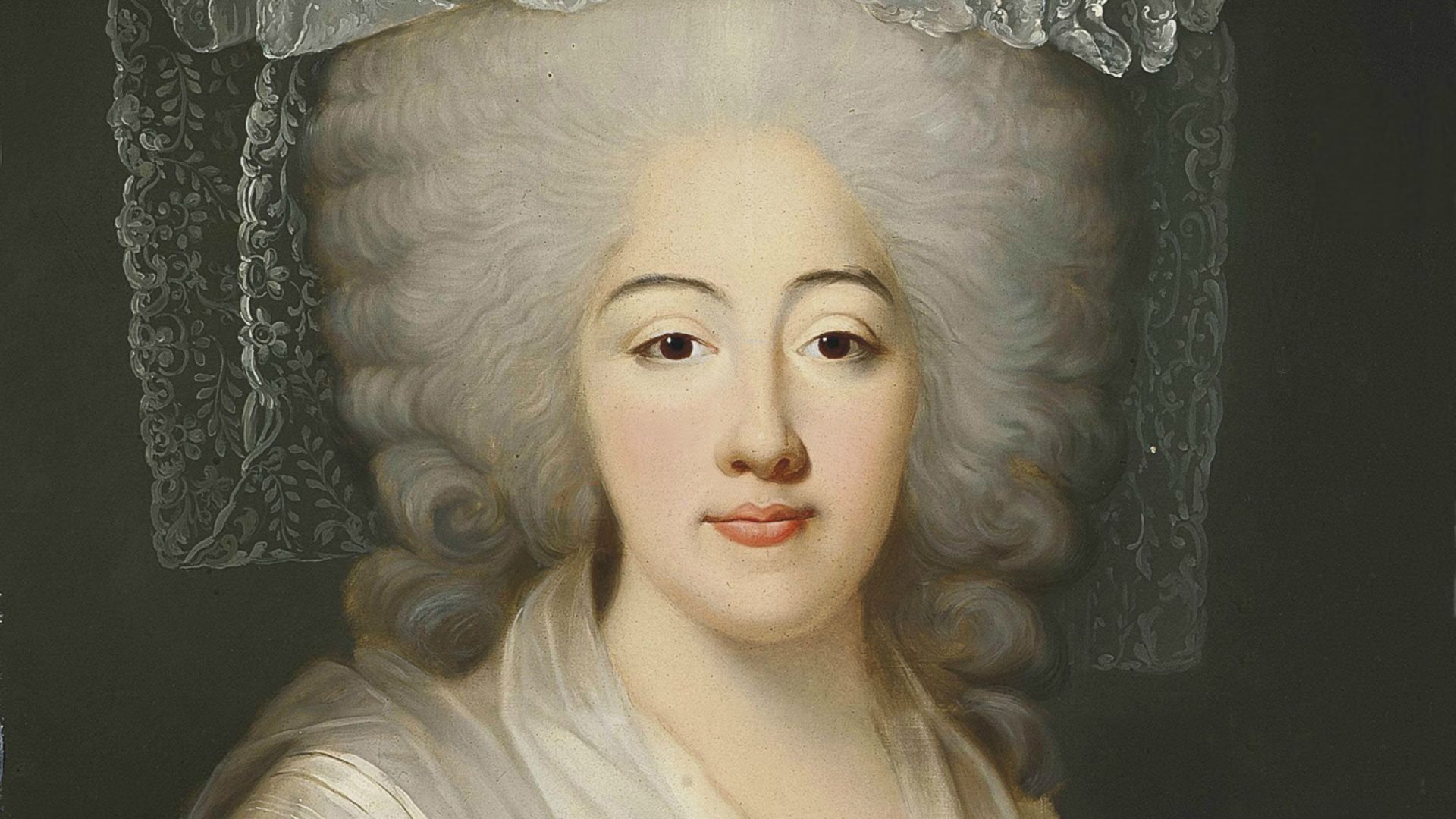 After Alexander Kucharsky, Wikimedia Commons
After Alexander Kucharsky, Wikimedia Commons
11. She Posed A Problem
Marie Antoinette’s mother, Empress Maria Theresa, disliked the marriage of Marie Joséphine and Louis Stanislas. After all, the king had encouraged the union to secure an heir for the French throne should Maria Theresa’s daughter fail to do so. Maria Theresa feared that should Marie Joséphine succeed where Marie Antoinette failed then Sardinia, not Austria, would control the ear of King Louis XV.
Fortunately for Maria Theresa, Marie Joséphine had some serious challenges to overcome.
 Jean-Etienne Liotard, Wikimedia Commons
Jean-Etienne Liotard, Wikimedia Commons
12. She Didn’t Fit In
The French court had particular mannerisms. They gave into vanity, enjoying rouges and elaborate dresses. By contrast, the Sardinian court that Marie Joséphine had grown up in was stricter in their mannerisms. Marie Antoinette’s family had the good sense to train her in the ways of the French court before sending her to the wolves. But Marie Joséphine did not have that luxury—and it showed.
 Jean-Baptiste André Gautier-Dagoty, Wikimedia Commons
Jean-Baptiste André Gautier-Dagoty, Wikimedia Commons
13. She Was Uncivilized
Neither the French court, her husband, nor her father-in-law received Marie Joséphine well when she arrived at the French court. She was tiny, average-looking, and pale. Louis XV described her nose as “villainous” and her personality as quite shy and “ill-educated in all those graces considered so important at Versailles”.
The court did not admire her. However, Marie Joséphine’s husband posed a bigger problem.
14. She Lacked Hygiene
Hygiene appeared to be another matter that the French and Sardinian courts disagreed upon. Rumor had it that Marie Joséphine did not indulge in perfumes, tame her eyebrows, or—perhaps worst of all—brush her teeth. If Marie Joséphine had any hope of consummating her marriage and fulfilling her role, she had higher standards to meet.
Fortunately, Marie Joséphine had the good sense to change the habits that her French husband found offensive. Unfortunately, it wasn’t enough.
 After François-Hubert Drouais, Wikimedia Commons
After François-Hubert Drouais, Wikimedia Commons
15. She Needed An Heir
The question of which royal spouse would produce an heir occupied much of the gossip during this time. Aware of the scrutiny that his brother faced, Louis Stanislas constantly bragged about his ample assignations with his wife. However, Louis Stanislas failed to convince at least one important person, in particular...

History's most fascinating stories and darkest secrets, delivered to your inbox daily.
16. She Needed A Miracle
The threat of a royal baby that was not her own required Marie Antoinette to reassure her mother that she still had the matter in hand. In one letter, she informed her mother that Louis Stanislas “would need a miracle” to consummate his marriage. While Marie Antoinette’s scorn could’ve been born, Louis Stanislas’s wife had doubts.
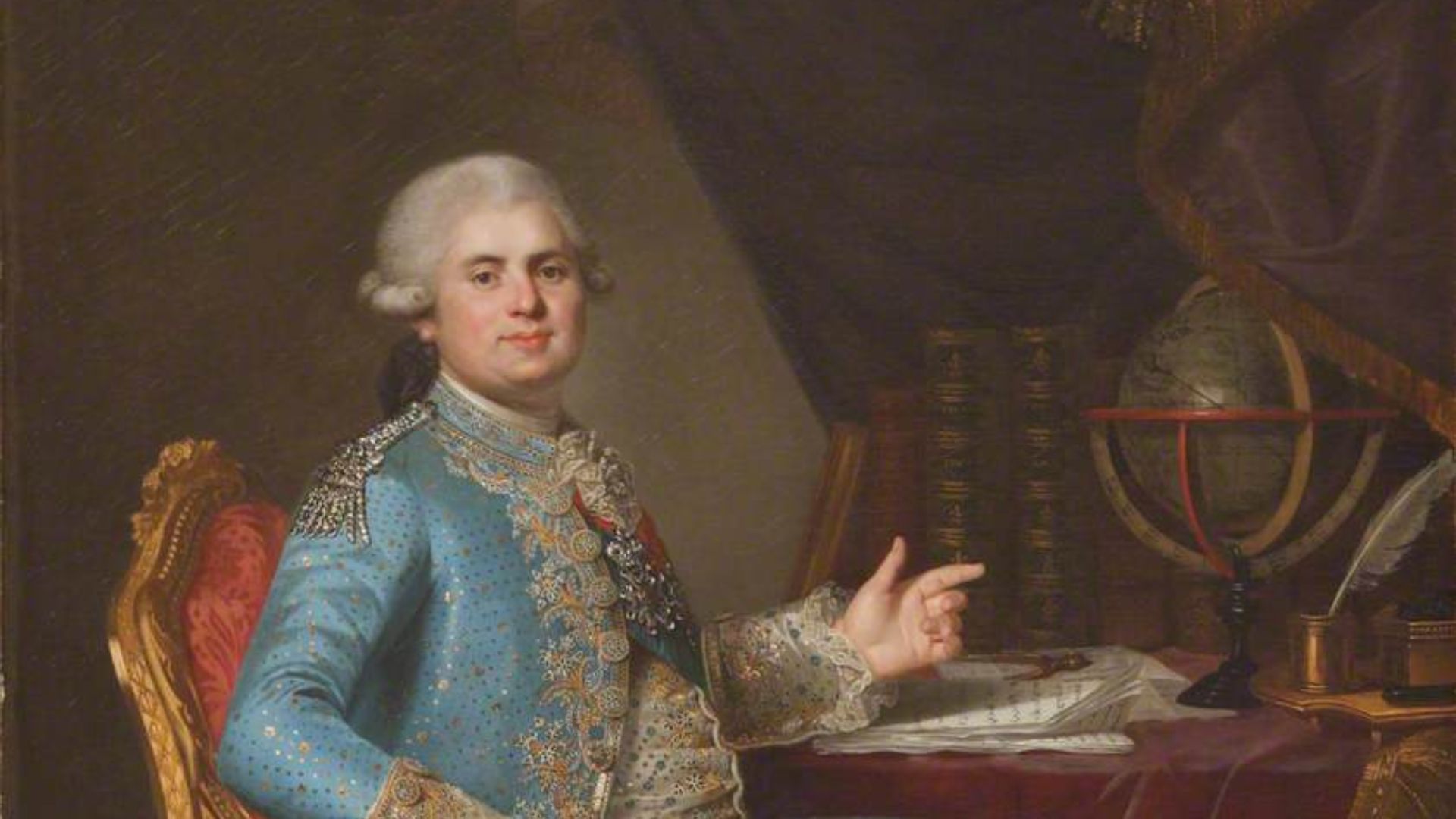 Joseph Boze, Wikimedia Commons
Joseph Boze, Wikimedia Commons
17. It Wasn’t Her Fault
Almost a year after their marriage, Marie Joséphine wrote to her mother that she was positive she was not pregnant and that it wasn't her "fault". Whoever’s fault it was, the couple appeared to rectify the issue by 1774. An announcement of a pregnancy for Marie Joséphine arrived this year, but some had their doubts about its validity.
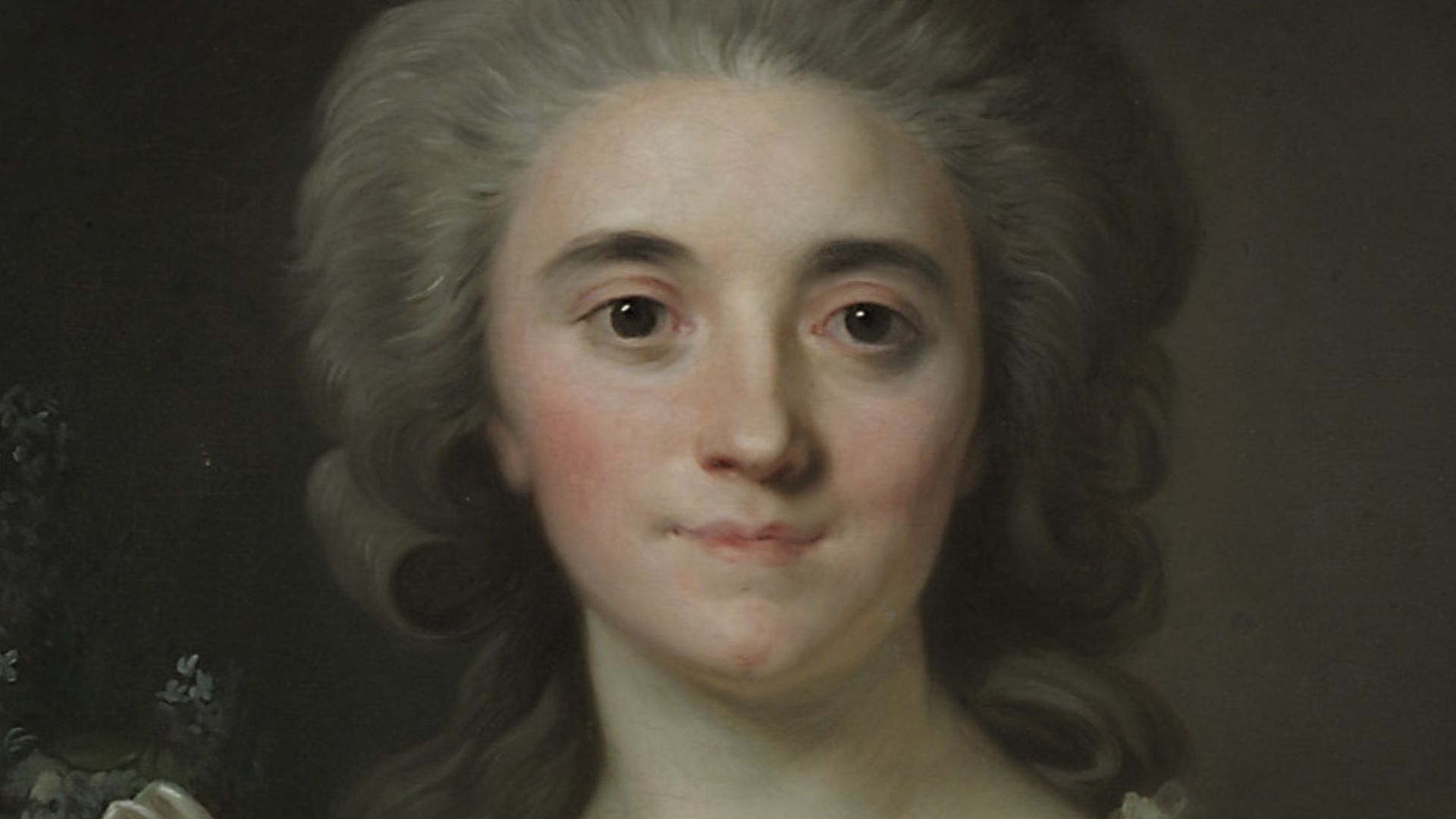 Joseph-Siffred Duplessis, Wikimedia Commons
Joseph-Siffred Duplessis, Wikimedia Commons
18. She Beat Marie Antionette
There was quite a bit of pressure on Marie Antoinette to produce a royal heir, and she still hadn't produced one. As a result, some contemporaries wondered if Louis Stanislas falsified reports of his wife’s pregnancy just to spite his brother. The records support the couple’s claims that a baby was on its way. Unfortunately, the budding family would not be a happy one.
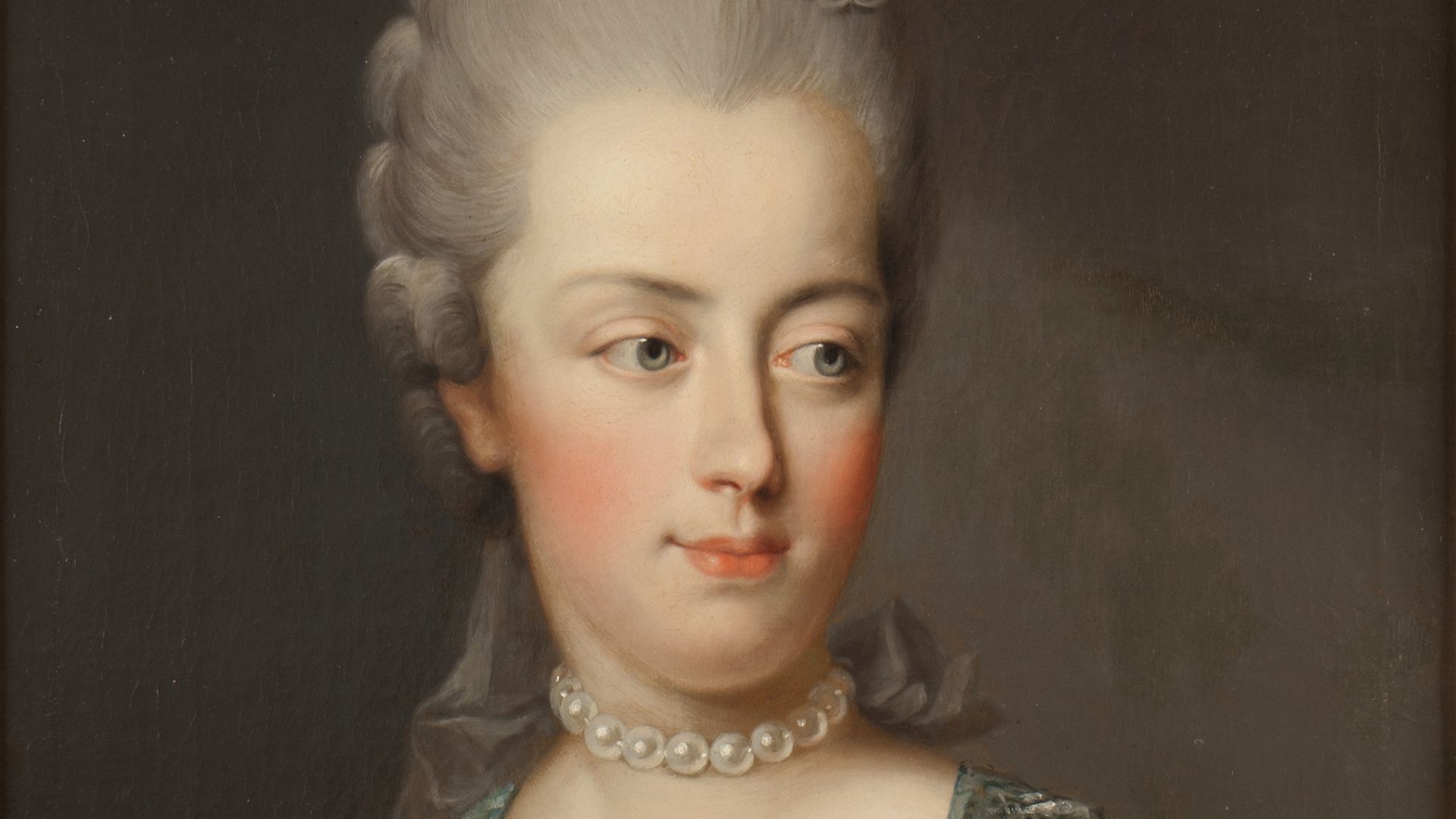 Joseph Hickel, Wikimedia Commons
Joseph Hickel, Wikimedia Commons
19. She Couldn’t Hold On
While the records support that Marie Joséphine’s pregnancy was valid, it never produced a child. Marie Joséphine miscarried before the child could be born. Hope for success came at least one more time in 1781. Yet, once again, she lost the baby. Tragically, this second miscarriage appeared to seal her fate.
20. She Struggled With Power
The nature of the court put the two royal couples together. The Count and Countess of Provence were the next highest-ranking man and woman of their social circle after the Dauphin and Dauphine. This made them necessary companions, but it also put them in opposition to each other as each clamored for power and recognition.
While the two couples spent plenty of time together in the early years of their marriage, cracks between them started to show.
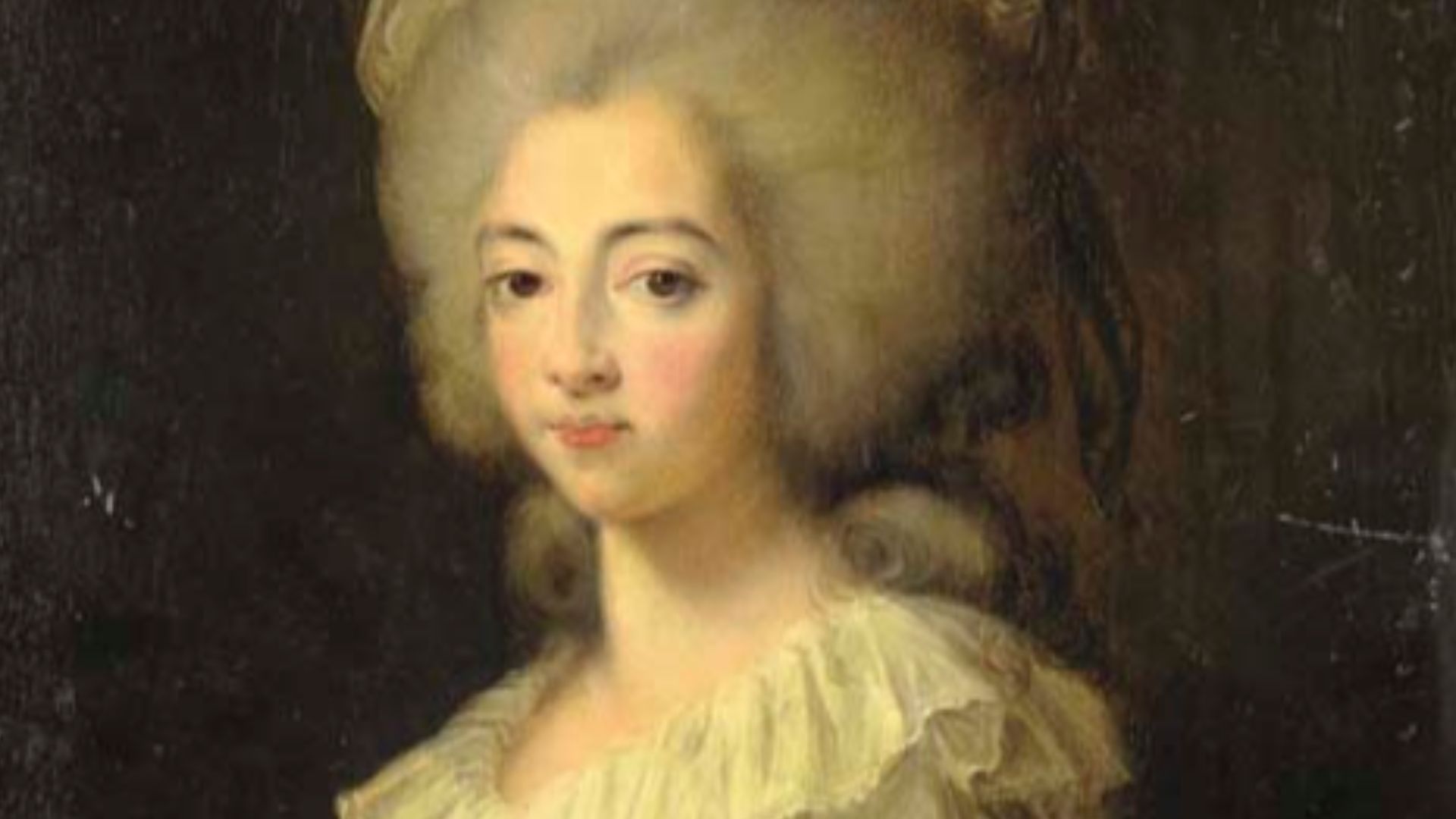 Louis-Edouard Rioult / After Elisabeth Louise Vigee Le Brun, Wikimedia Commons
Louis-Edouard Rioult / After Elisabeth Louise Vigee Le Brun, Wikimedia Commons
21. She Fought With Family
Even in these early days, when they supposedly got on, Marie Antoinette commissioned a sketch of Marie Joséphine and her husband that she intended to humiliate them publicly. Once Louis XV passed and the Dauphin became King Louis XVI, the relationship between the couples continued to deteriorate even further. Absolute power corrupts absolutely—and it ruins families.
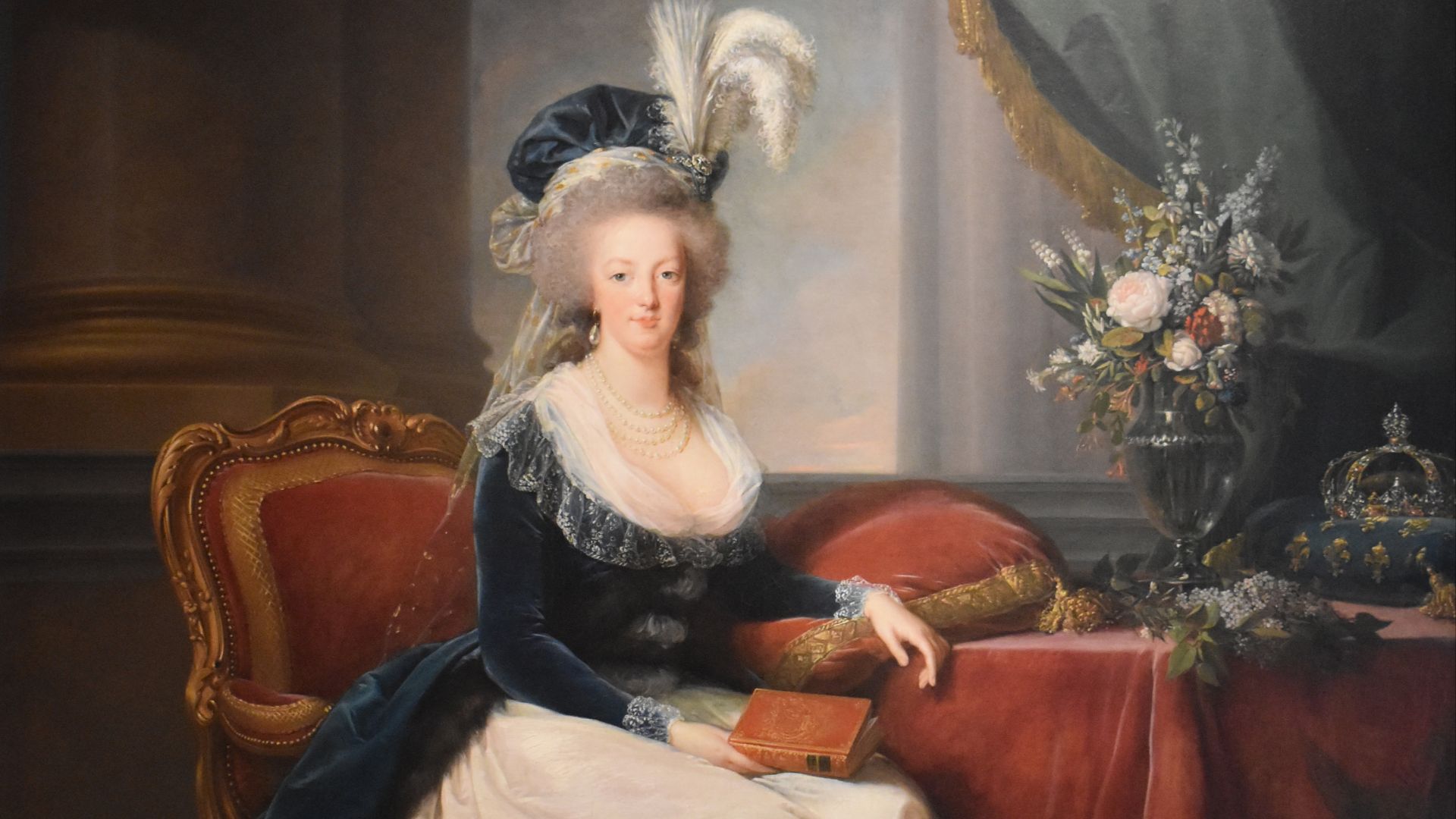 Elisabeth Louise Vigee Le Brun, Wikimedia Commons
Elisabeth Louise Vigee Le Brun, Wikimedia Commons

History's most fascinating stories and darkest secrets, delivered to your inbox daily.
22. She Was Usurped
Louis Stanislas likely never sat comfortably in his brother’s shadow. Constantly being close to the throne but never on it likely chaffed. As such, Louis Stanislas and the now king never got on; they argued frequently and those arguments quickly expanded to include their wives too. Things came to a head when Marie Antoinette finally did something Marie Joséphine couldn’t.
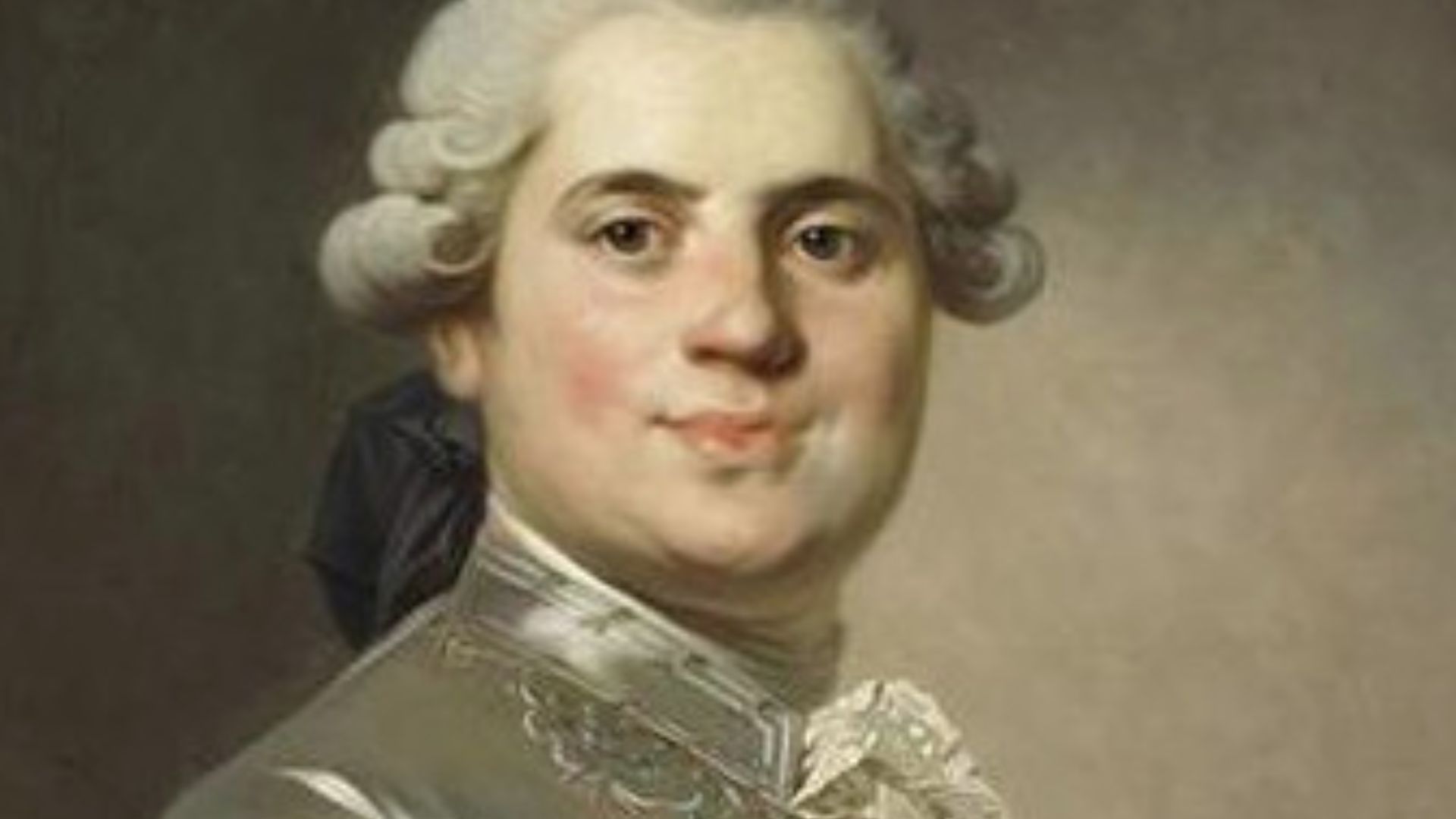 Joseph-Siffred Duplessis, Wikimedia Commons
Joseph-Siffred Duplessis, Wikimedia Commons
23. She Kept Fighting
Marie Antoinette gave birth to a daughter in December 1778, finally providing the country with the hope of an heir. In response, Louis Stanislas challenged the legitimacy of the daughter. Whether they originated the whispers or not, the people could continue to question the legitimacy of every child that Marie Antoinette had following this first birth.
However, it did little to help Marie Joséphine and her husband; if they couldn’t do something soon, they stood a high chance of losing everything.
 Élisabeth Louise Vigee Le Brun, Wikimedia Commons
Élisabeth Louise Vigee Le Brun, Wikimedia Commons
24. She Undermined The Queen
The birth of a child to the true royal family greatly undermined the authority of the Count of Provence. However, they had one saving grace: Marie Antoinette birthed a daughter, not a son. Louis Stanislas did everything that he could to promote himself and his wife as the best option for France rather than the King and Queen’s infant daughter in the event of the untimely passing of his brother.
Unfortunately, fate threw a devastating curveball their way.
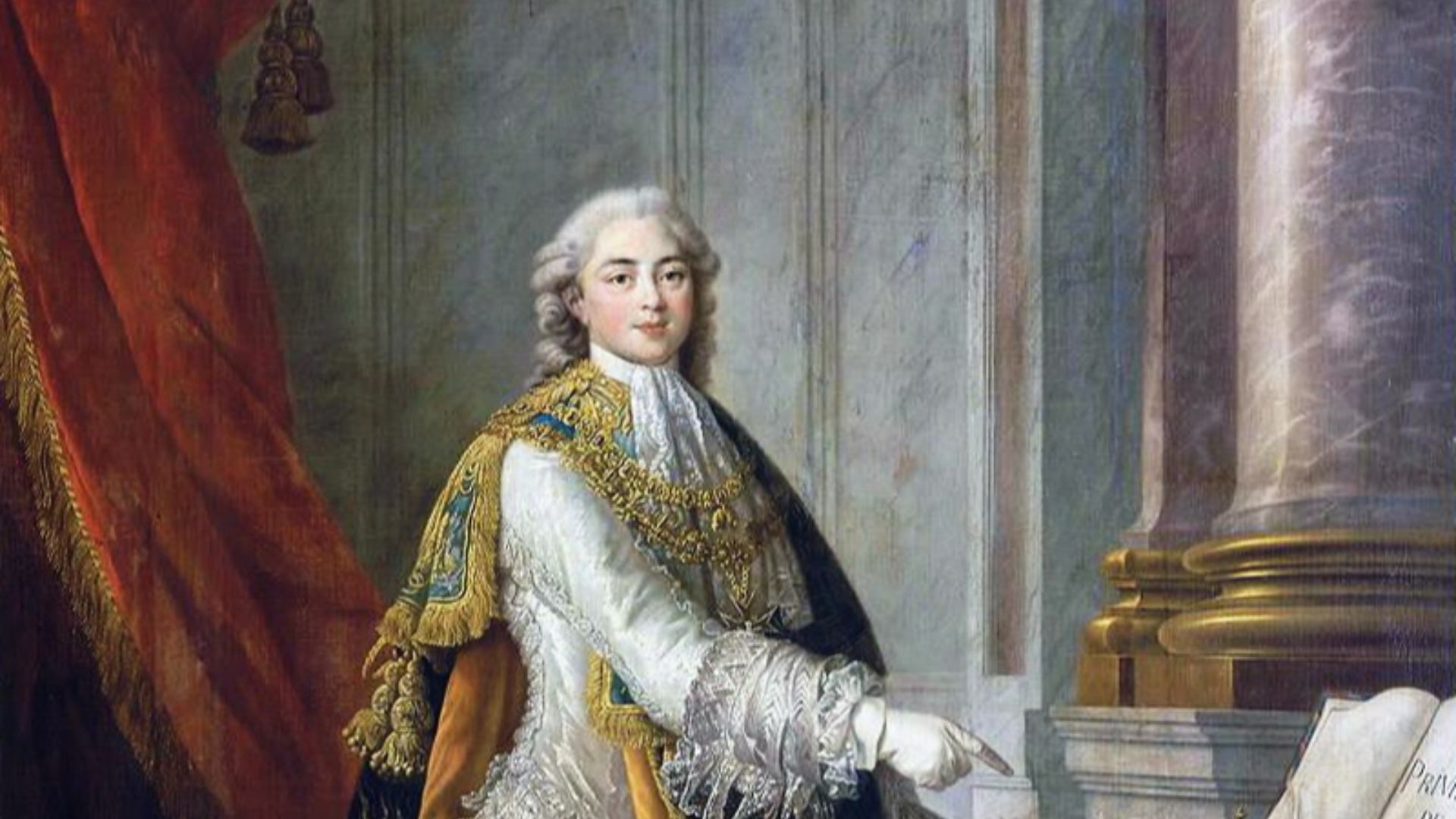 Francois-Hubert Drouais, Wikimedia Commons
Francois-Hubert Drouais, Wikimedia Commons
25. She Was Superior
In October 1781, Marie Antoinette gave birth to her first son, followed by a second in March 1785. Still, the Count and Countess of Provence did not give up on their campaign against the reigning family despite these births. Marie Joséphine did not have much going for her. She had no children to promote and she had limited political influence. However, she had one thing in her favor.
 Bildagentur-online, Getty Images
Bildagentur-online, Getty Images
26. She Opposed The Queen
Marie Joséphine was smart, literate, and well-educated, unlike the Queen. In contrast, Marie Antoinette never appeared as a serious figure. Even as a young girl, people saw her as vapid and shallow, more interested in dolls and dresses than serious matters. During her husband’s reign, France faced a crisis, a crisis that Marie Antoinette’s careless ways did not help.
In opposition, Marie Joséphine’s more serious and educated temperament made for a more pleasing image. It gave Marie Joséphine a small edge against her sister-in-law. Yet this didn’t mean she was free of scandal.
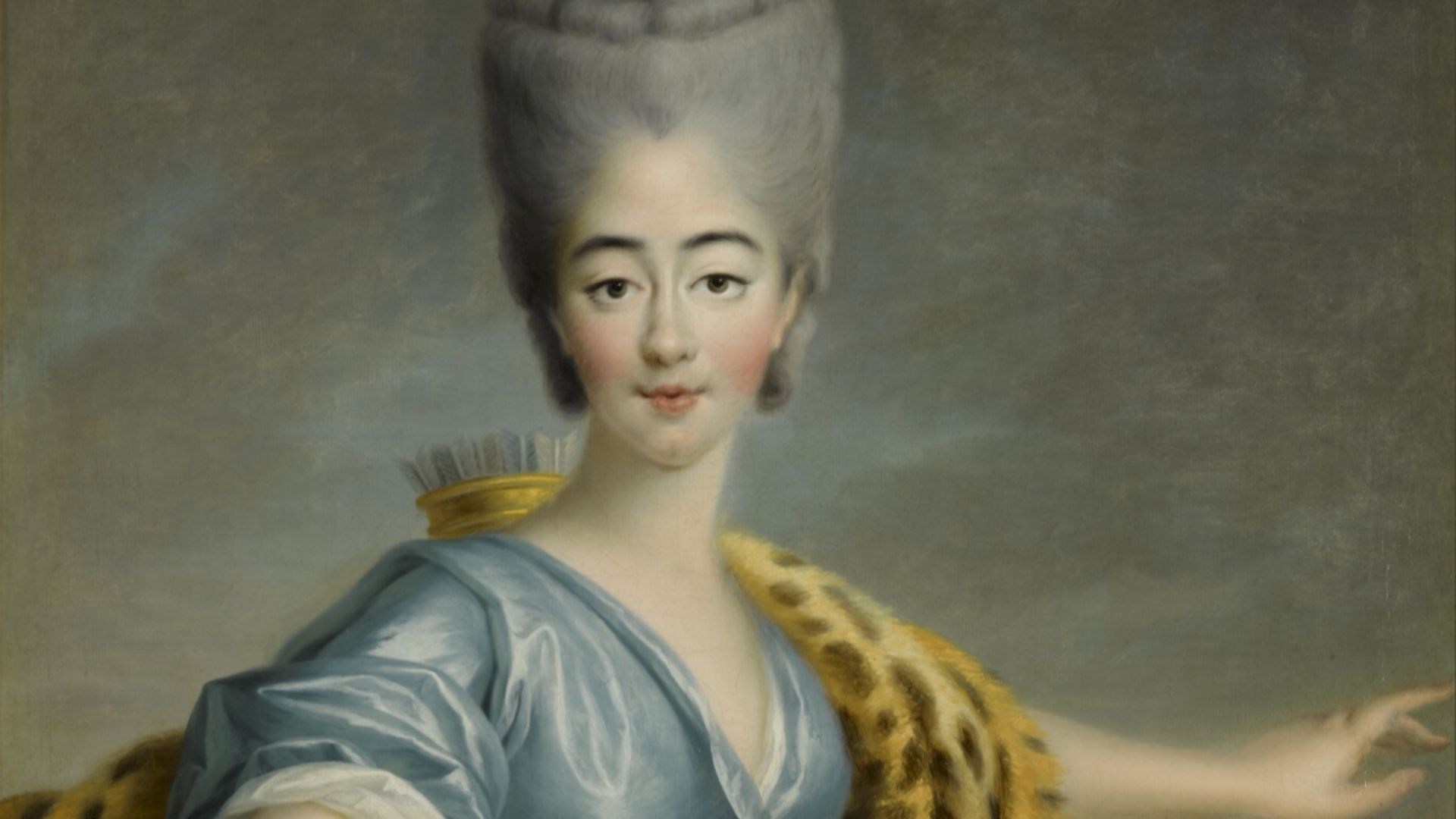 Workshop of François-Hubert Drouais / After François-Hubert Drouais, Wikimedia Commons
Workshop of François-Hubert Drouais / After François-Hubert Drouais, Wikimedia Commons
27. Her Marriage Was Cold
Despite the Count and Countess of Provence's united stance against the King and Queen, they failed to agree on many other matters. Despite some affection early in their marriage, the pair began living mostly separate lives. Marie Joséphine found other people to fill her life, building close relationships with the women around her instead.
One woman in particular sparked shocking rumors about Marie Joséphine.
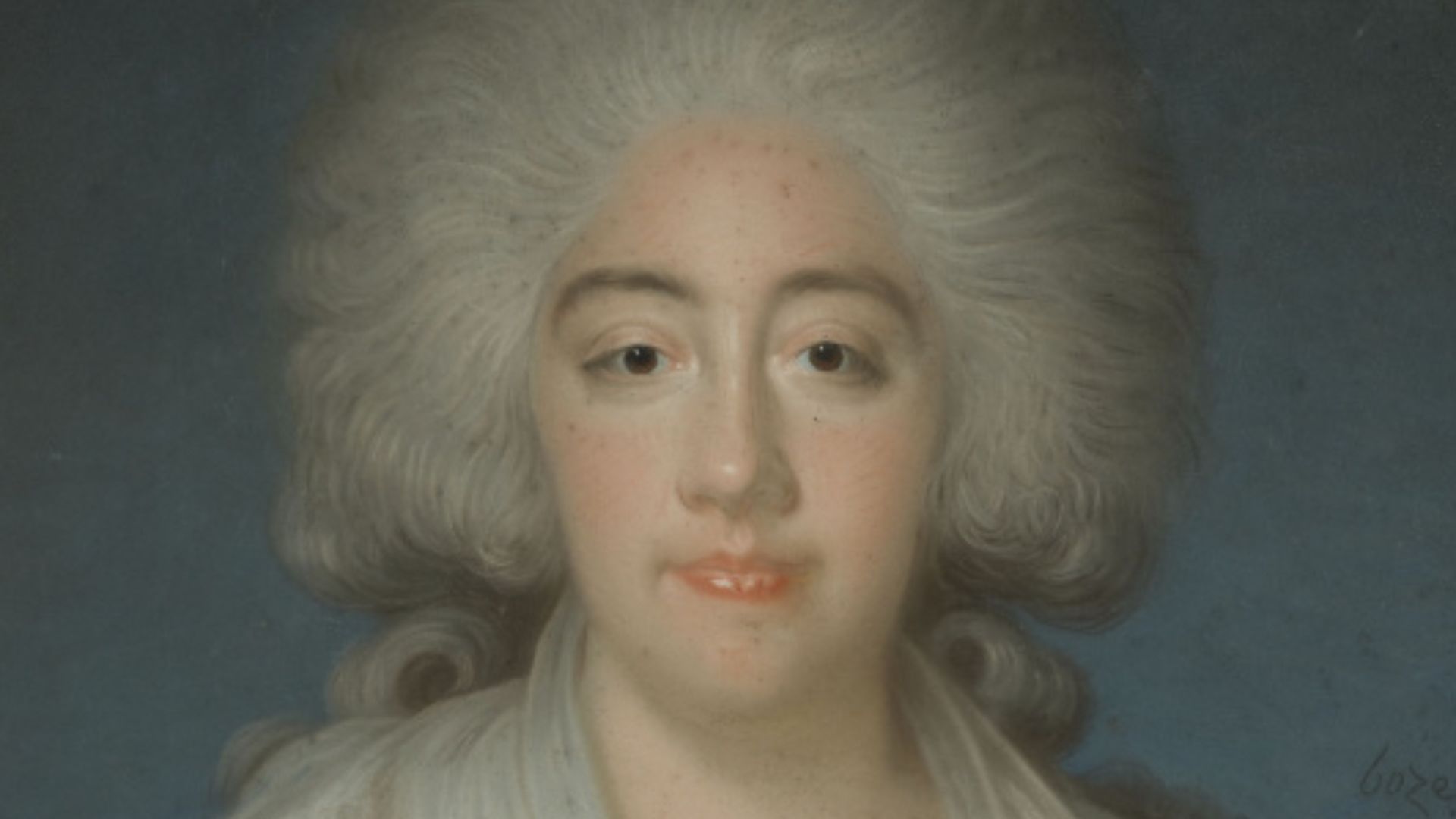 Joseph Boze, Wikimedia Commons
Joseph Boze, Wikimedia Commons

History's most fascinating stories and darkest secrets, delivered to your inbox daily.
28. Her Motives Were Questioned
Anne de Balbi became a lady-in-waiting for Marie Joséphine in 1779. Some sources allege that Anne intended to seduce her husband, Louis Stanislas. However, in the early years, it was Marie Joséphine, not Louis Stanislas, that Anne de Balbi was accused of “pleasing”.
Rumors swirled that Anne de Balbi was to Marie Joséphine what Madame de Polignac was to Marie Antionette—the public accused both ladies of being lovers of their respective royals. This was royal intrigue at its finest, but it was just the tip of the iceberg.
 Nicolas Le François, Wikimedia Commons
Nicolas Le François, Wikimedia Commons
29. Her Husband Took Her Ladies
Whether Anne de Balbi truly had relations with Marie Joséphine or not is difficult to pin down. However, by the mid-1780s, it appeared that Anne de Balbi became a favorite of Louis Stanislas (possibly always her intention) and Marie Joséphine had a new woman that she’d taken into her confidence: Marguerite de Gourbillon. The rumors only began to grow.
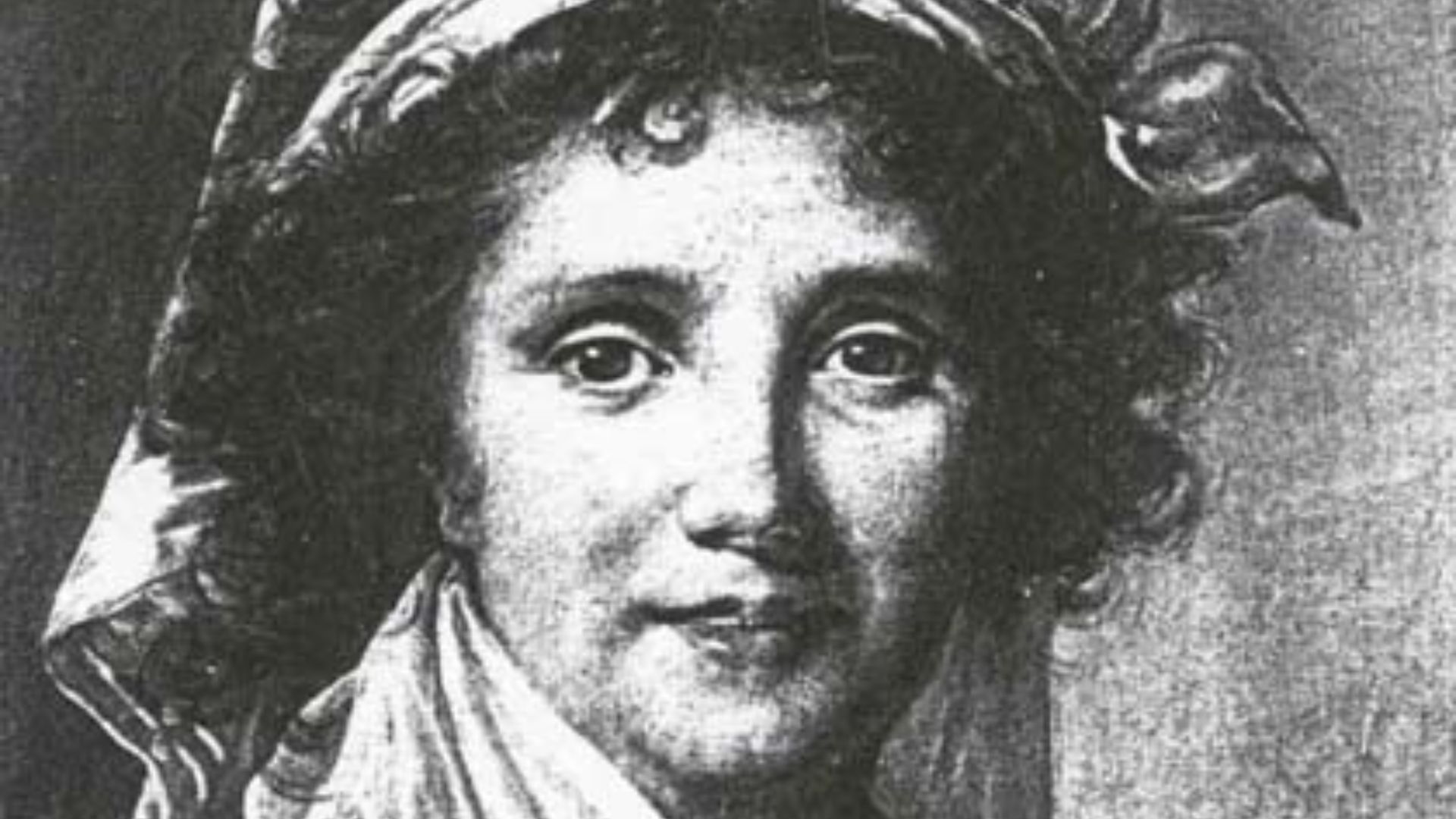 Élisabeth Louise Vigée Le Brun, Wikimedia Commons
Élisabeth Louise Vigée Le Brun, Wikimedia Commons
30. She Found Her Favorite
Marguerite became ‘reader’ to Marie Joséphine in 1785. As Marie Joséphine’s life became more isolated, her relationship with Marguerite grew. It is difficult to determine whether Marie Joséphine’s relationship with Marguerite ever turned physical or not (the French people of this period often undermined public women by accusing them of loving other women).
However, not only was a strong affection between the two women apparent, but it began to cause trouble.
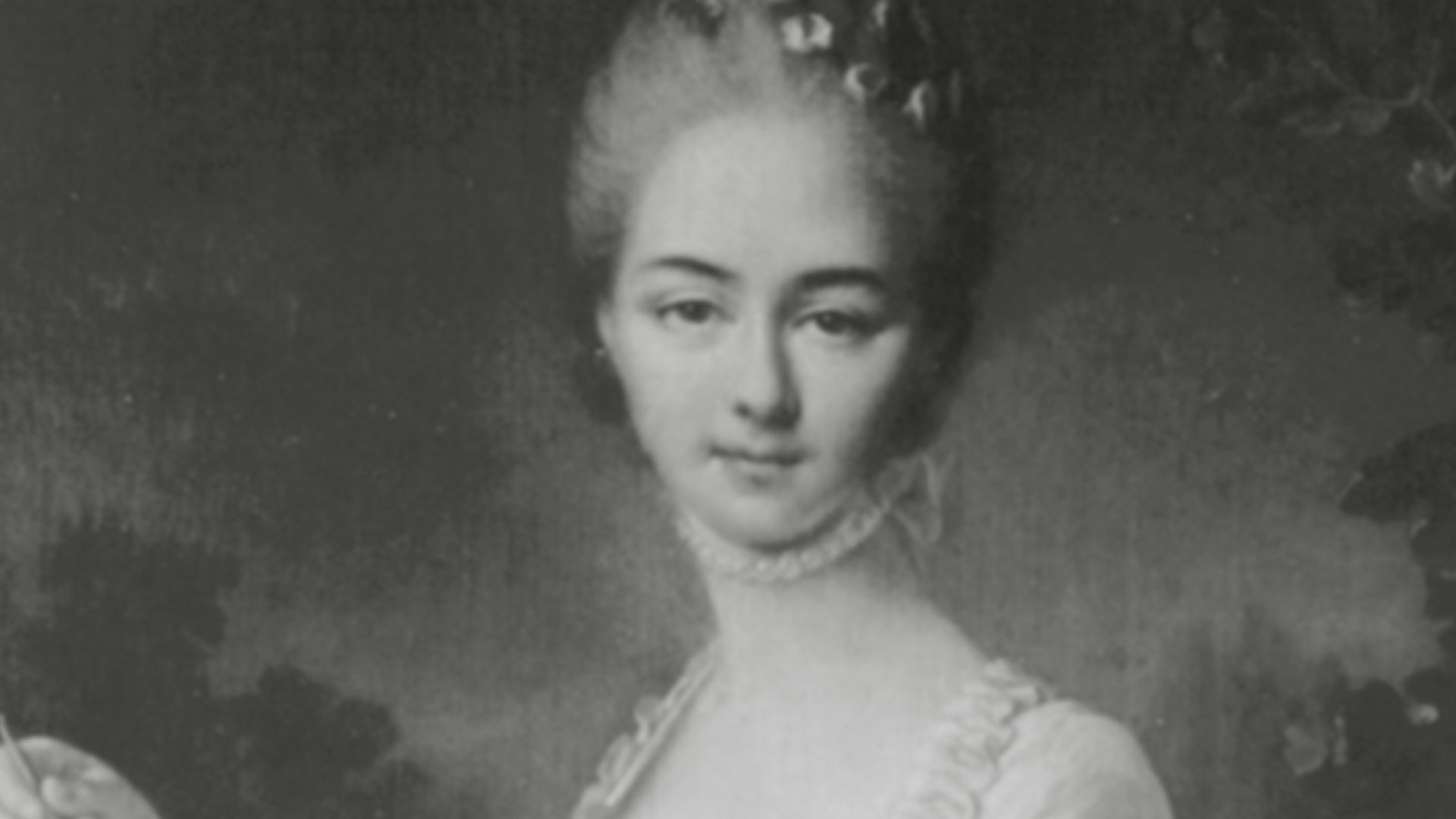 François-Hubert Drouais, Wikimedia Commons
François-Hubert Drouais, Wikimedia Commons
31. Her Favorite Corrupted Her
Marguerite reportedly became so confident in Marie Joséphine’s affections that she controlled the household; others also accused Marguerite of “corrupting” Marie Joséphine. If Marguerite didn't push Marie Joséphine to drink, she at least provided her with the goods, according to the accusers. None disliked this influence more than Louis Stanislas. He intended to do something about it.
32. Her Husband Fixed A Problem
Finally, in 1789, Louis Stanislas had enough of Marguerite. One night, both the King and Louis Stanislas met Marguerite in a hallway with drinks in hand that she attempted to conceal. Following this discovery, Louis Stanislas convinced his brother to remove Marguerite by forcing her back to her husband. Unfortunately for Louis Stanislas, this “fix” didn’t last.
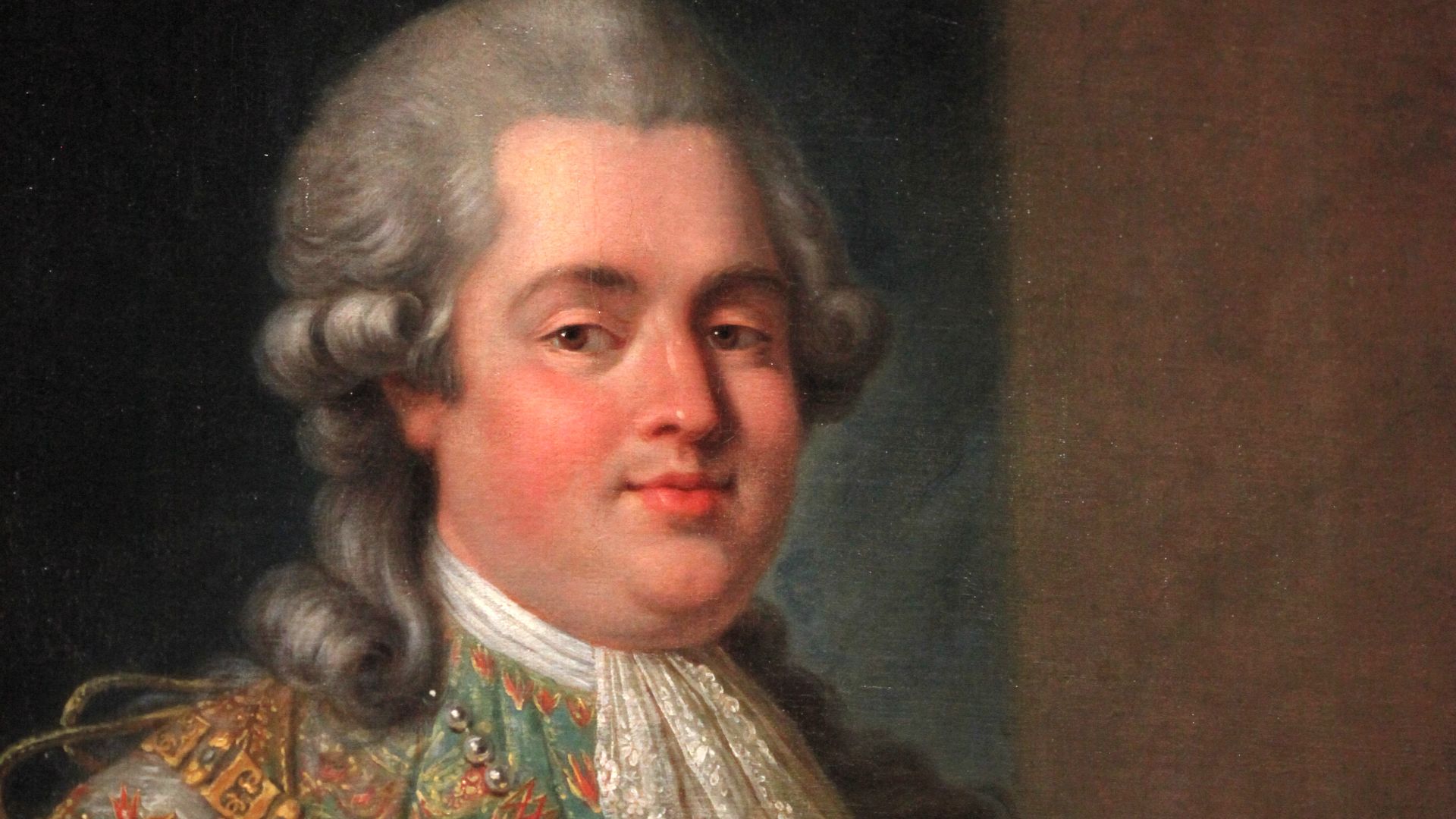 Antoine-François Callet, Wikimedia Commons
Antoine-François Callet, Wikimedia Commons
33. Her Husband Had His Own Secrets
By 1790, Marguerite had returned to her role. Interestingly, the rumors swirling around the preferences of the Count and Countess of Provence did not remain only with Marie Joséphine. Around this same period, Louis Stanislas had his own favorite: the Duke d’Avaray. A shadowy figure that left few marks on history, d’Avaray posed a problem for Marie Joséphine’s marriage.

History's most fascinating stories and darkest secrets, delivered to your inbox daily.
34. Her Life Changed Forever
Few know much about d’Avaray and historians disagree on the nature of his relationship with Louis Stanislas. However, Louis Stanislas undeniably viewed him favorably, depending on him far more than his wife. However, Marie Joséphine’s marriage soon became the least of her problems.
Crisis raged across France throughout her time as Countess. By 1789, the people were finally tired of living in poverty and decided to do something that would change Marie Joséphine’s life forever.
 François Gérard, Wikimedia Commons
François Gérard, Wikimedia Commons
35. She Refused To Leave
The people stormed the Bastille starting a revolution across France. Despite being allowed to flee, as many aristocrats did, including their siblings the Count and Countess of Artois, Marie Joséphine and Louis Stanislas opted to remain in the country. Marie Antoinette had also been given the option to flee but chose to remain with her husband.
The royal couples that fate pitted against each other for so long saw this out together. Still, their alliance couldn’t save them.
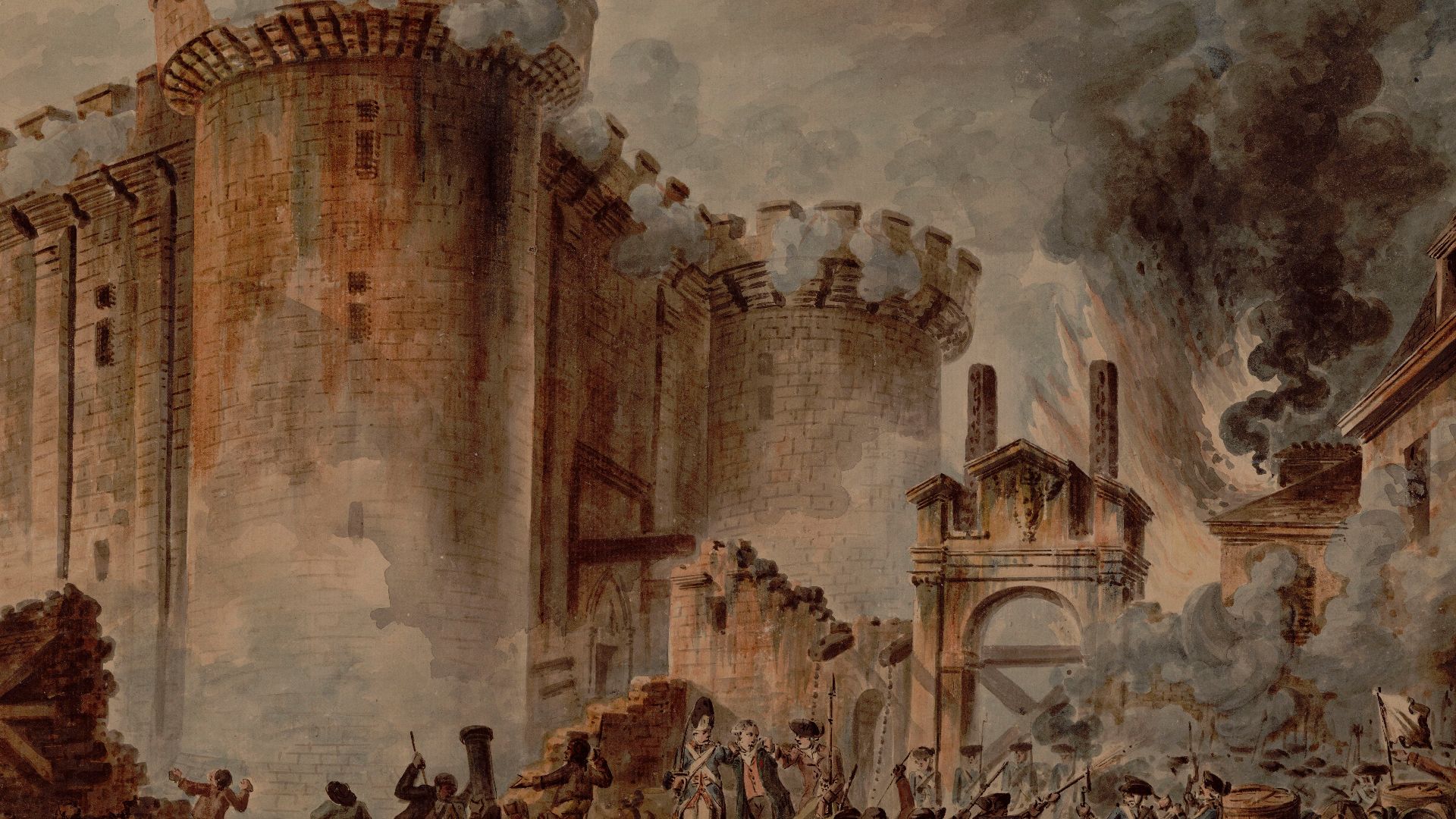 Jean-Pierre Houël, Wikimedia Commons
Jean-Pierre Houël, Wikimedia Commons
36. She Was Controlled
Marie Joséphine and her husband were at Versailles when the women of France became fed up with the status of things and took to the palace to force the royal family to face the consequences of their actions. Along with the King and Queen, the people made them move to Paris. Unlike the King and Queen, Marie Joséphine and her husband were treated far differently.
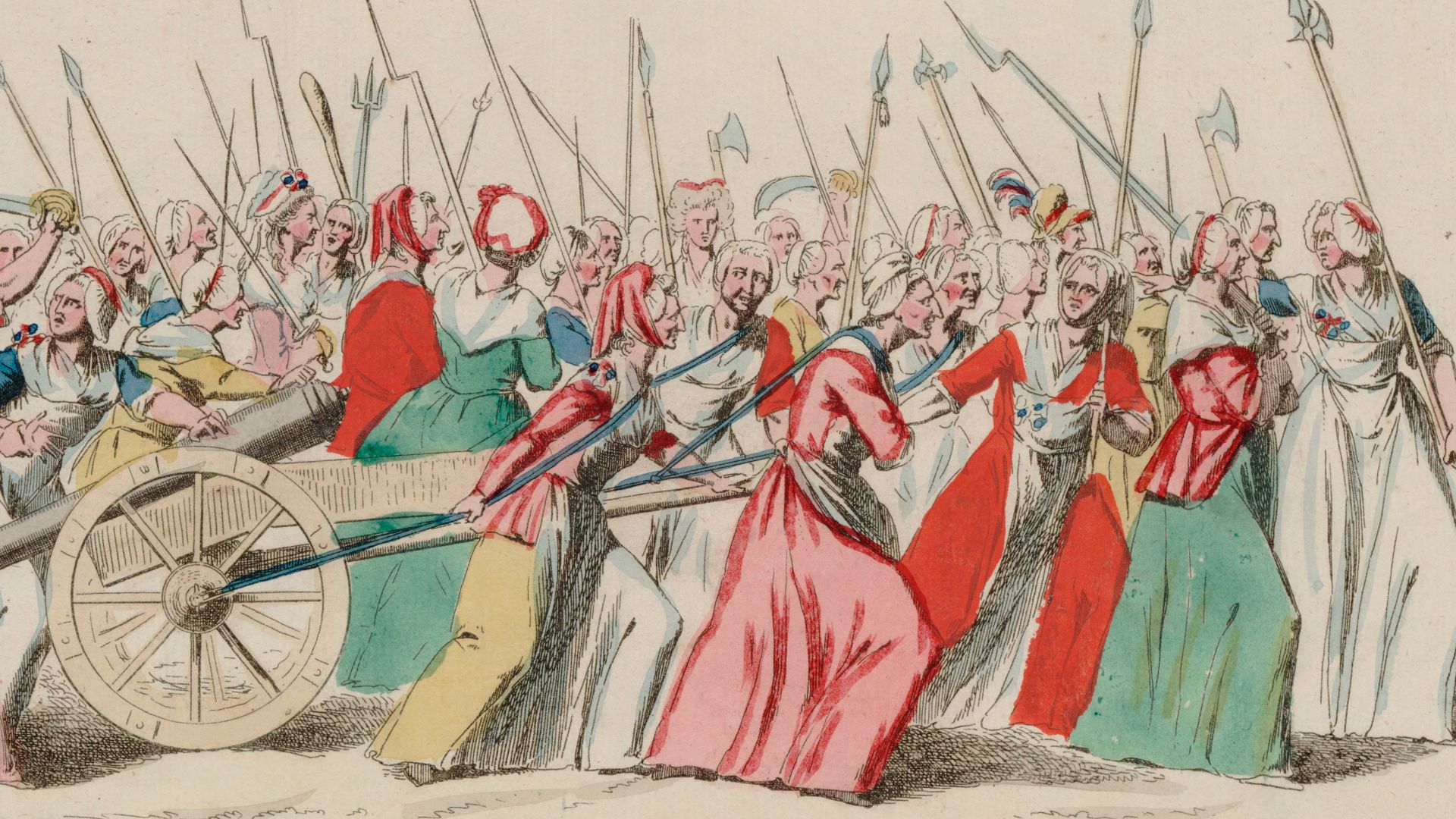 Unknown authorUnknown author; restored by Adam Cuerden, Wikimedia Commons
Unknown authorUnknown author; restored by Adam Cuerden, Wikimedia Commons
37. She Had Some Freedom
The revolutionaries forced the majority of the royal family to stay in Tuileries Palace where they essentially became prisoners. In contrast, Marie Joséphine and her husband stayed at their regular city residence, Luxembourg Palace, and enjoyed far more freedom. However, they often visited the royal family at Tuileries.
Marie Antoinette felt relief at welcoming family she could trust. But it was only a matter of time before the powder keg around them ignited, and no one wanted to be present for the flames that would follow.
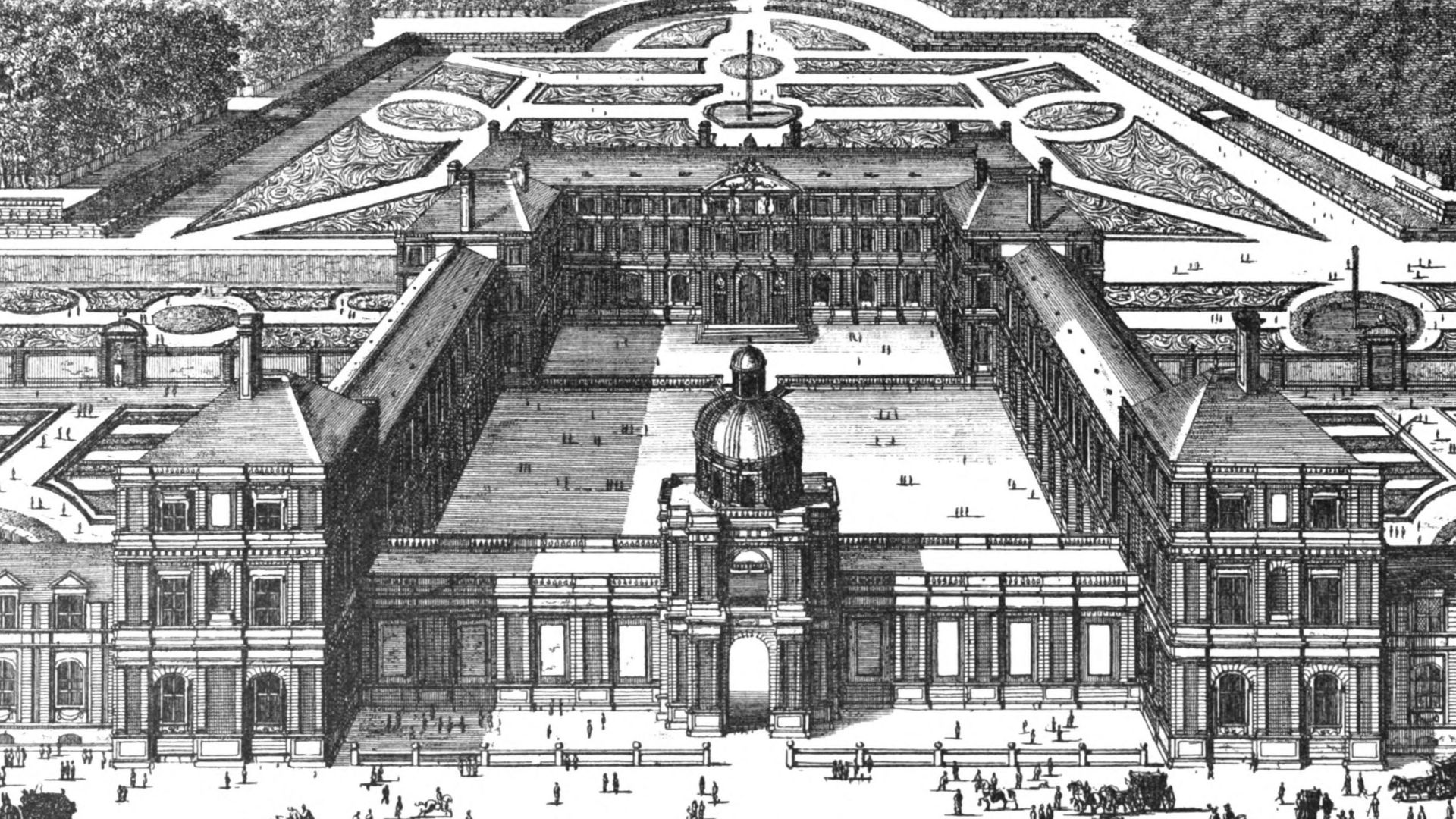 Pierre Lepautre, Wikimedia Commons
Pierre Lepautre, Wikimedia Commons
38. She Needed To Flee
By November 1790, the couple regretted their earlier choice to stay and the Count of Provence made plans for the pair of them to leave. However, their close relationship with the King and Queen made the situation pretty dicey. The Count and Countess could not safely remain if the King and Queen fled, but likewise, it proved risky to the King and Queen if the Count and Countess fled before them. Fate, it seemed, tied them together. They had to wait.
39. She Had To Wait For The King
Marie Joséphine’s husband, along with his close confidants, Anne de Balbi and d’Avaray, made the escape plan. Although Louis Stanislas ensured he knew the time of the King’s planned escape and timed his plan to align with it, he made his plan entirely separate from that of the King. Yet, Louis Stanislas left one important person out of all of his planning.
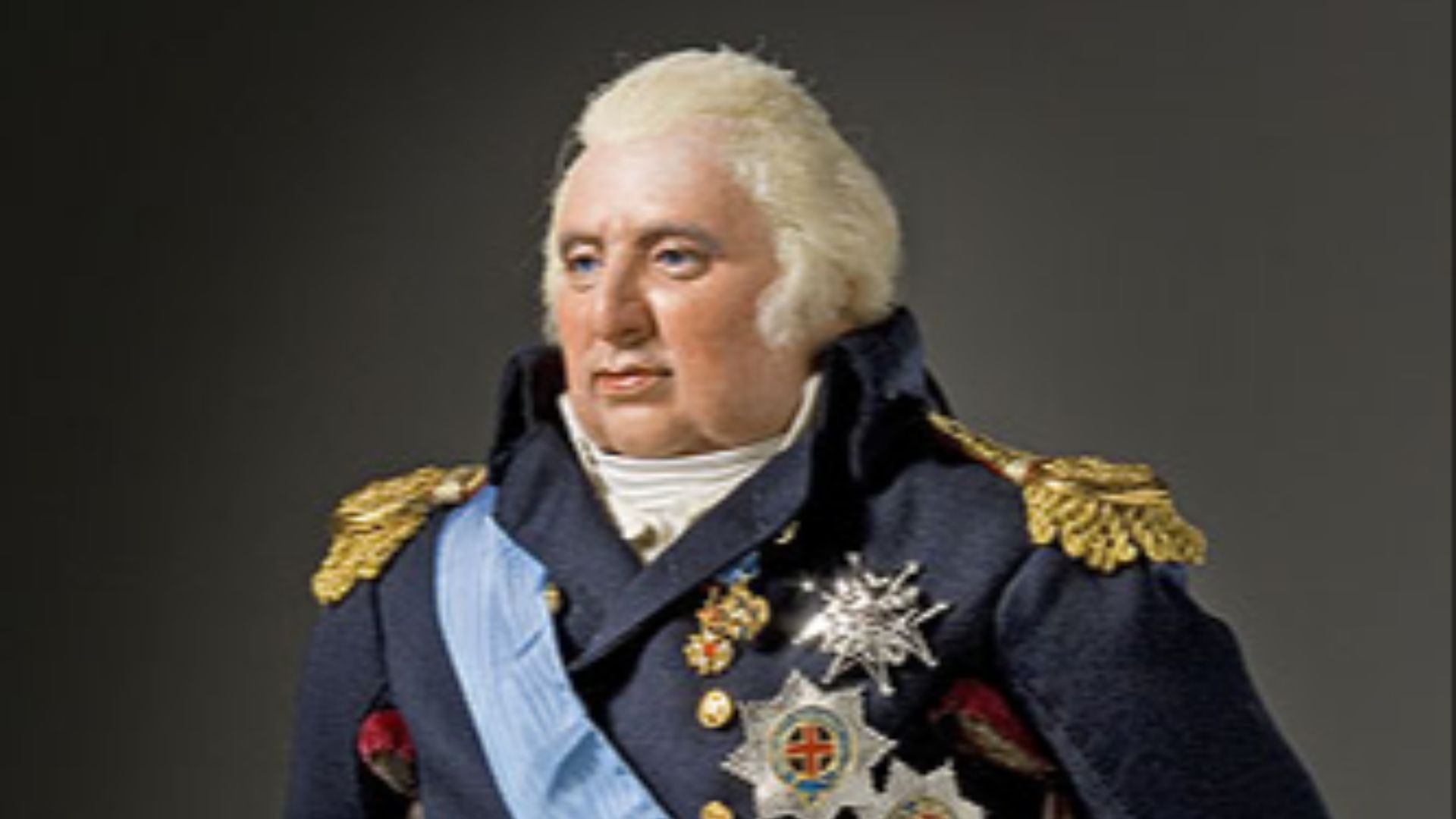 George S. Stuart, Wikimedia Commons
George S. Stuart, Wikimedia Commons

History's most fascinating stories and darkest secrets, delivered to your inbox daily.
40. Her Husband Didn’t Trust Her
Louis Stanislas did not include Marie Joséphine in the planning of the escape. Her husband believed that Marie Joséphine didn't have self-restraint and, therefore, couldn’t be involved. However, it was necessary that someone knew the plan and was responsible for handling Marie Joséphine’s itinerary leading up to the escape. Louis Stanislas had to turn to an old enemy to secure his wife’s safety.
41. She Waited For The Signal
Marguerite de Gourbillon, who had returned to Marie Joséphine’s side by this point, became responsible for securing Marie Joséphine for the plan. It started on June 2, when Anne left. She left behind a passport for Monsieur and Mademoiselle Foster. D’Avaray had a mission of his own—and would be responsible for adjusting the passports to secure the couple’s escape.
The wheels were in motion. However, they hinged on one important player: the King.
42. She Awoke To Darkness
Both Marie Joséphine and her husband had dinner with the royal couple on June 20. That same day, Louis Stanislas received word from Marie Antoinette that they’d leave. Unaware that people schemed around her, Marie Joséphine woke that evening to one of the great surprises of her life: Marguerite informing her that she must leave the country immediately—at her husband and the king's demands.
Marie Joséphine stumbled out into the dark with no idea what was happening around her.
43. She Trusted Her Companion
The couple took two separate routes, fleeing into the night with their respective favorite companions. Marie Joséphine in one carriage with Marguerite and Louis Stanislas in another with d’Avaray. Neither of them faced any trouble crossing the border and they reunited in Namur, Belgium. Unfortunately, they were the only ones to escape France that evening.
44. Her Family Was Trapped
The king and queen, who had intended to flee the same evening, did not have the same luck. The people caught them and placed them under even heavier surveillance than they’d previously suffered. Marie Joséphine and her husband became aware of the king and queen’s failure when they reunited.
Whatever animosity once existed between them, the growing danger surrounding the entire family erased it. They couldn’t leave them behind.
45. She Couldn’t Save Them
Marie Joséphine and her husband reunited with Louis Stanislas’s brother, the Count of Artois, in the Austrian Netherlands. Together, they attempted to persuade the Duchess of Teschen to use military force to rescue their brother, the king. However, their pleas were unsuccessful.
Marie Joséphine and Louis Stanislas had to carry on leaving the king and queen to their unfortunate fate.
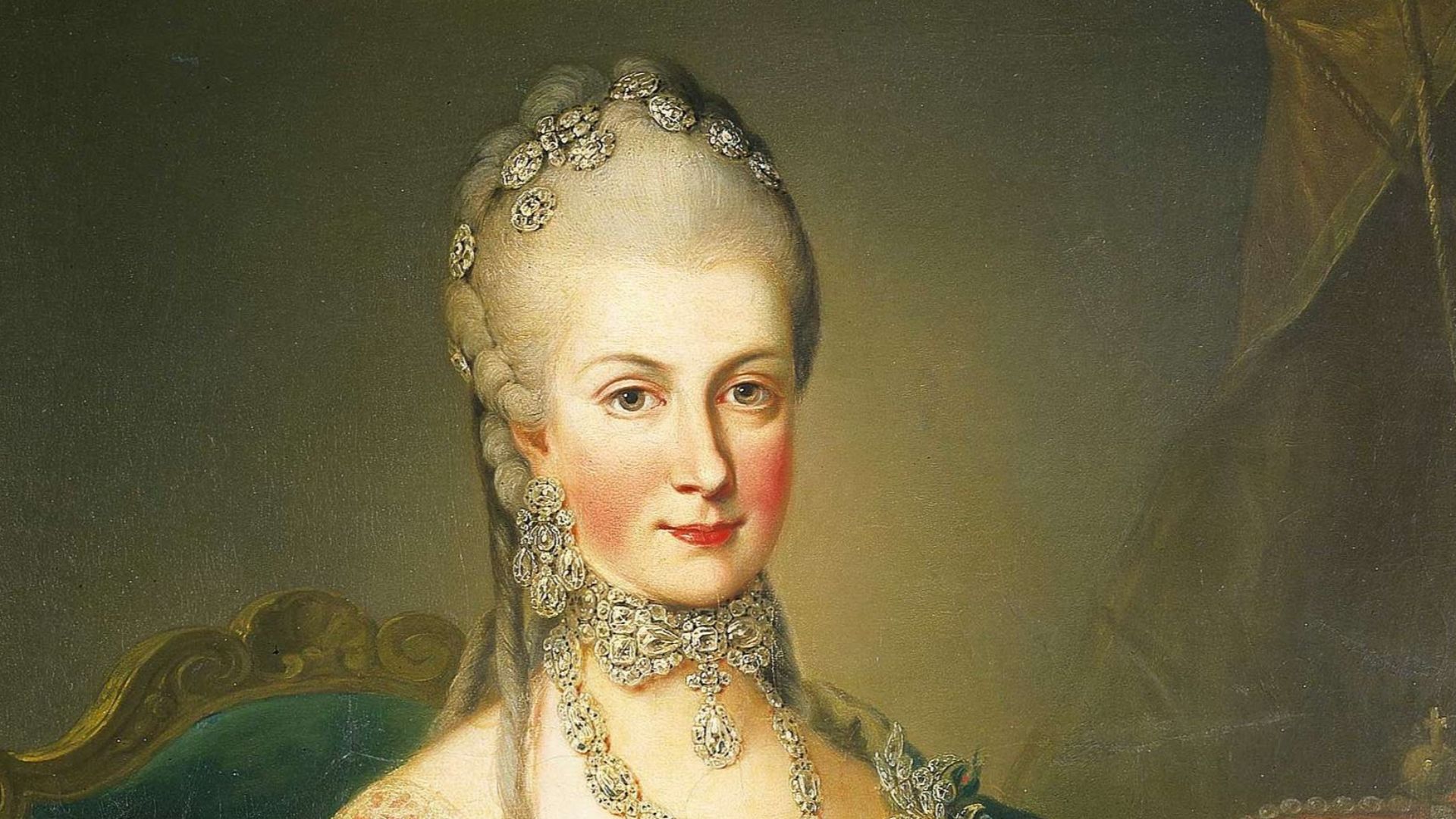 Attributed to Martin van Meytens, Wikimedia Commons
Attributed to Martin van Meytens, Wikimedia Commons

History's most fascinating stories and darkest secrets, delivered to your inbox daily.
46. She Was Almost Queen
After much traveling, Marie Joséphine and her husband ended up in Koblenz where his uncle, Archbishop-Elector Clemens Wenceslaus of Saxony gifted them the Palace of Schönbornslust. They started again, creating a lavish court from escaped French royalists who remained loyal to the crown. Louis Stanislas named himself King Regent, making Marie Joséphine his queen. Yet, she had no place in this new court.
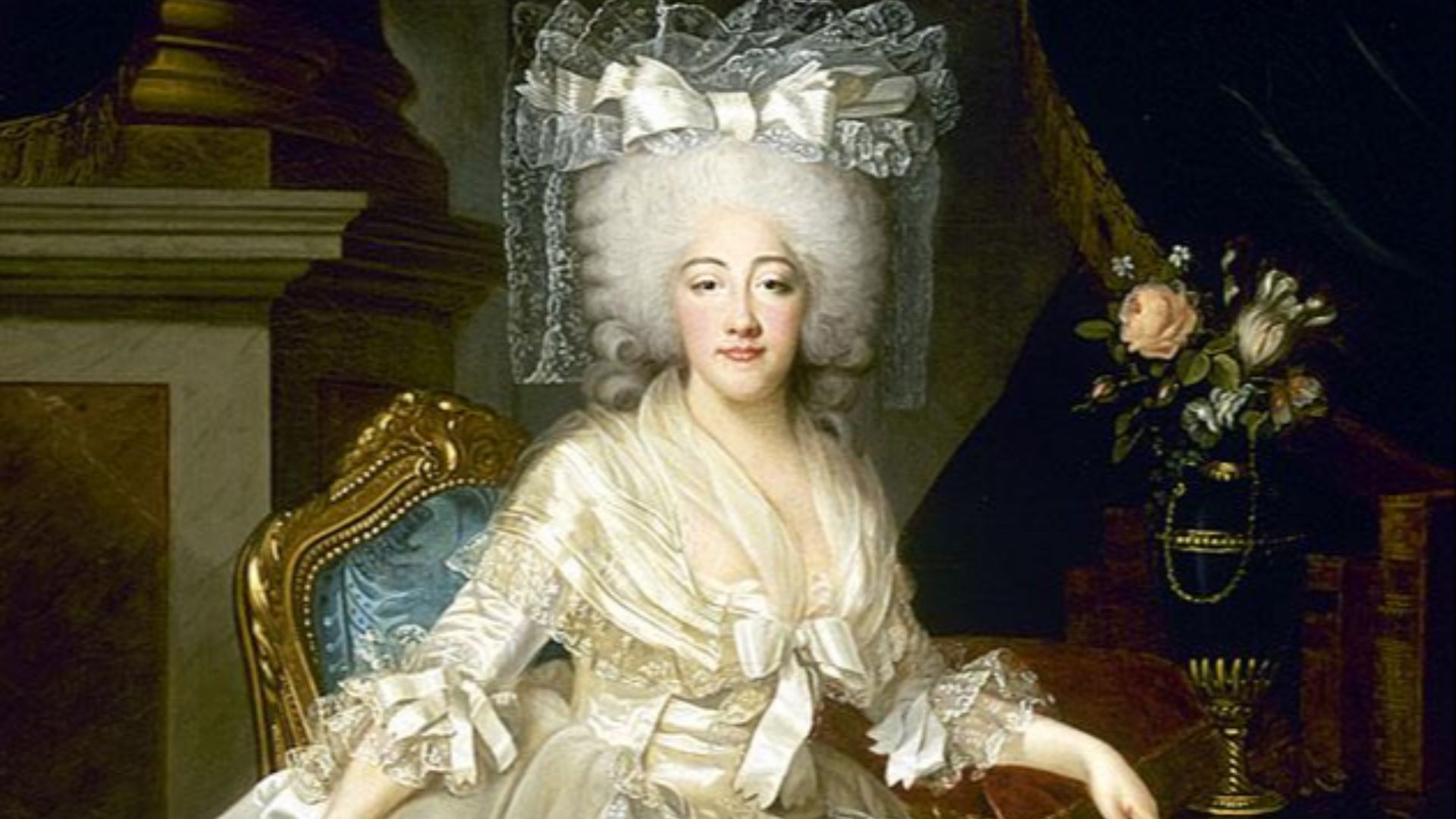 Joseph Boze / Robert Lefèvre, Wikimedia Commons
Joseph Boze / Robert Lefèvre, Wikimedia Commons
47. She Held No Power
Marie Joséphine’s role in Koblenz was ceremonial at best. Instead, the mistresses of high-standing men, including her old foe Anne de Balbi, appeared to have the real influence over this micro court. Having no love or joy for her current predicament, Marie Joséphine fled home. Her father welcomed her back in Saxony, though he had one stipulation. Her husband was not welcome.
 Unknown authorUnknown author, Wikimedia Commons
Unknown authorUnknown author, Wikimedia Commons
48. She Didn’t Miss Him
Marie Joséphine had no problem leaving her husband behind. Even when all of Louis XVI’s sons passed, making Louis Stanislas and herself the titular king and queen of France, the couple continued to live completely separate lives. Their marriage, which had been strained for a long time, fell apart particularly as Marguerite continued to be a present in Marie Joséphine’s life.
 Robert Lefevre, Wikimedia Commons
Robert Lefevre, Wikimedia Commons
49. Her Husband Had A Harsh Request
One of Marie Joséphine's greatest scandals played out in 1799. Her husband asked her to attend the wedding of Louis XVI and Marie Antoinette's sole surviving child, Marie Thérèse. Unfortunately, that wasn't all he asked of her. He also requested that she not bring Marguerite with her. His reasons why were chilling.
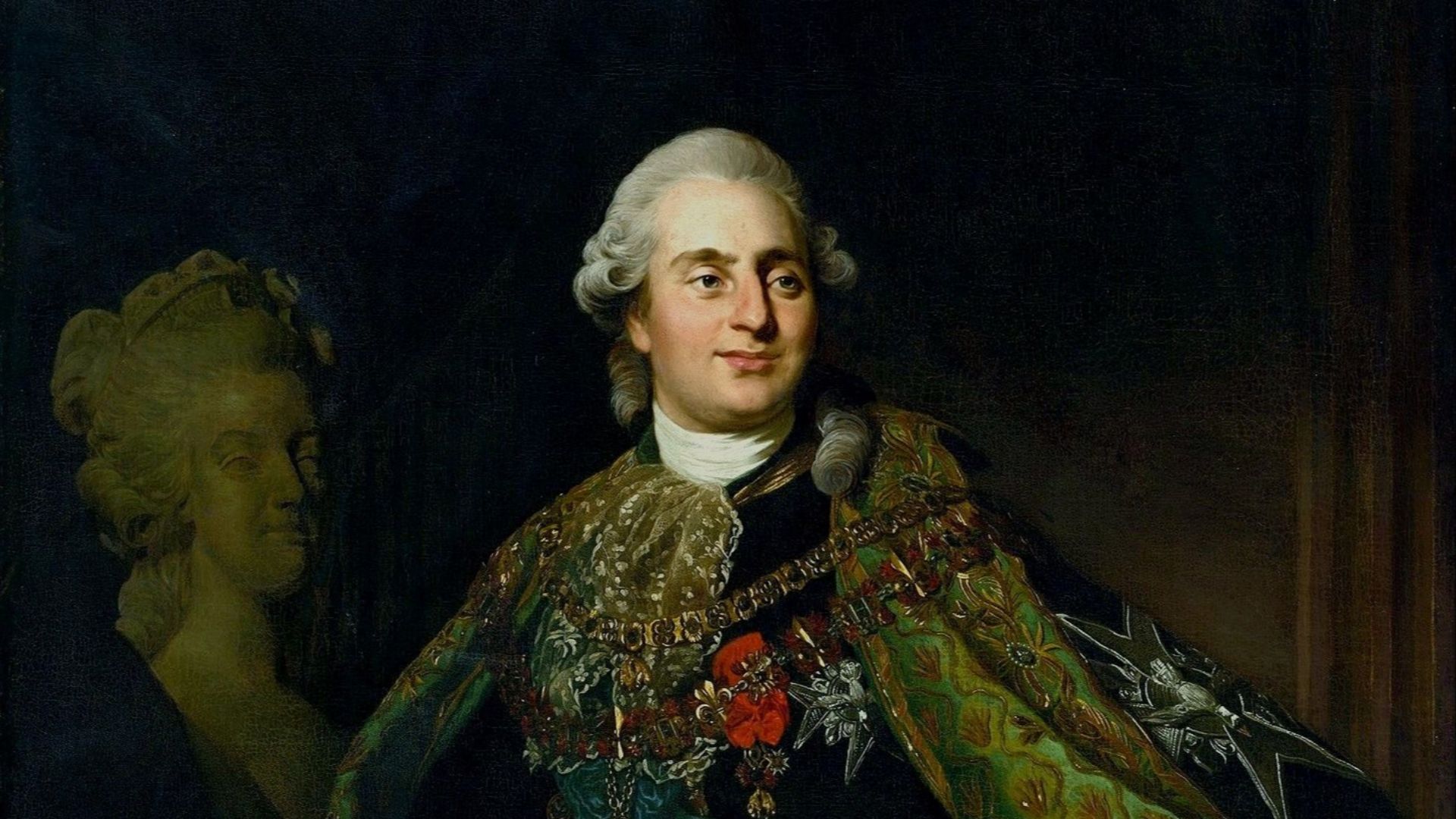 Alexander Roslin, Wikimedia Commons
Alexander Roslin, Wikimedia Commons
50. She Faced His Chilling Accusations
Louis Stanislas had never liked Marguerite Gourbillon and made some distressing accusations about her. He claimed that Marguerite wore his wife's garments and stole from her—and that if Marie Joséphine continued affiliating with her, the relationship would tarnish her reputation. Well, Marie Joséphine wasn't always one to play by the rules.
 Workshop of François-Hubert Drouais, Wikimedia Commons
Workshop of François-Hubert Drouais, Wikimedia Commons
51. She Defied Him
Nothing could come between Marie Joséphine and Marguerite Gourbillon. Defying her husband's orders, Marie Joséphine brought Margeurite along anyway. But they paid a price. Upon arrival, Gourbillon wound up arrested, which only ignited Marie Joséphine's fury. What she did next was so infamous—it's unforgettable.

History's most fascinating stories and darkest secrets, delivered to your inbox daily.
52. She Had A Public Scandal
In front of the entire court, Marie Joséphine lashed out in a public tantrum that nobody would be able to unsee. She wanted to be reunited with Marguerite, otherwise she would not go to her rooms or change. Sadly, not even her furious display could change her husband's mind. Marie Joséphine's response was diabolical.
53. She Went Silent
Protesting the entire situation, Marie Joséphine holed herself up in her room and drank away her sorrow. But even worse? She didn't attend the wedding at all and gave her husband the silent treatment. The entire debacle was a major scar on their union—but eventually, fate forced them back together.
54. She Was Forced Home
By 1808, their income could no longer support two households. Even worse? Marie Joséphine had developed edema. She’d lost her fight and returned to her husband, spending the last few years of her life quietly, avoiding too much attention. When the end became clear, she begged forgiveness from both the French court and her husband.
Marie Joséphine succumbed to her illness in November 1810. Despite the nature of their relationship at the end, Louis Stanislas wrote of her with fondness following her passing. In death, she missed the one thing she’d strived for, for so long.
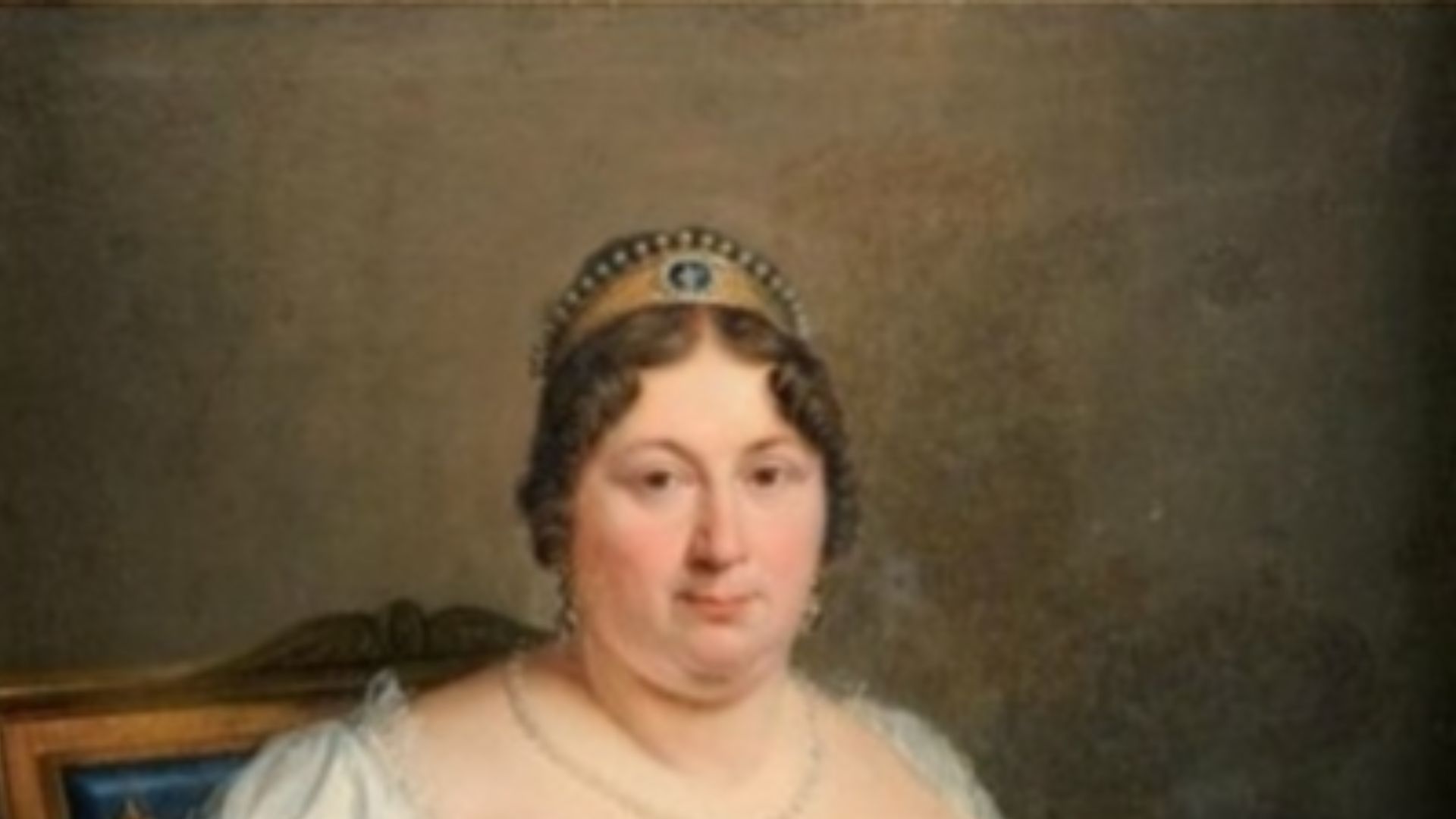 Attributed to Marie-Éléonore Godefroid, Wikimedia Commons
Attributed to Marie-Éléonore Godefroid, Wikimedia Commons
55. She Never Became Queen
Four years following her passing, Louis Stanislas became king in actuality, ruling for a decade; unfortunately, this came too late for Marie Joséphine. She never saw the crown. Yet, many royalists honored her as titular queen at the end of her life. She faced a world that changed drastically from her birth to her passing with the same steady state of mind; she had her indulgences, but so did everyone around her.
She had the makings of a queen even if she never saw the crown.
You May Also Like:
The House Of Hanover’s Long And Historic Reign
Brutal Facts About The Wives Of Henry VIII, The Tudor Tragedies

